












PRESIDENT
Chief Sonny Ledda
Clinton Police Department
VICE PRESIDENT
Chief Brett Camp
St. George Police Department
SECOND VICE PRESIDENT
Chief Joshua Detter
Holly Hill Police Department
LOWCOUNTRY REGION
Chief Kevin Cornett
Isle of Palms Police Department
SECRETARY / TREASURER
Chief Dana Crowell
North Myrtle Beach Police Department

PEE DEE REGION
Chief James Allen
Timmonsville Police Department
PAST PRESIDENT
Chief Jim Stewart
Anderson Police Department
EXECUTIVE DIRECTOR
Mr. John E. “JJ” Jones
SC Police Chiefs’ Ass”ociation
MIDLANDS REGION
Chief Bobby Dale
Irmo Police Department
PIEDMONT REGION
Chief Ben Ford
Traveler’s Rest Police Department



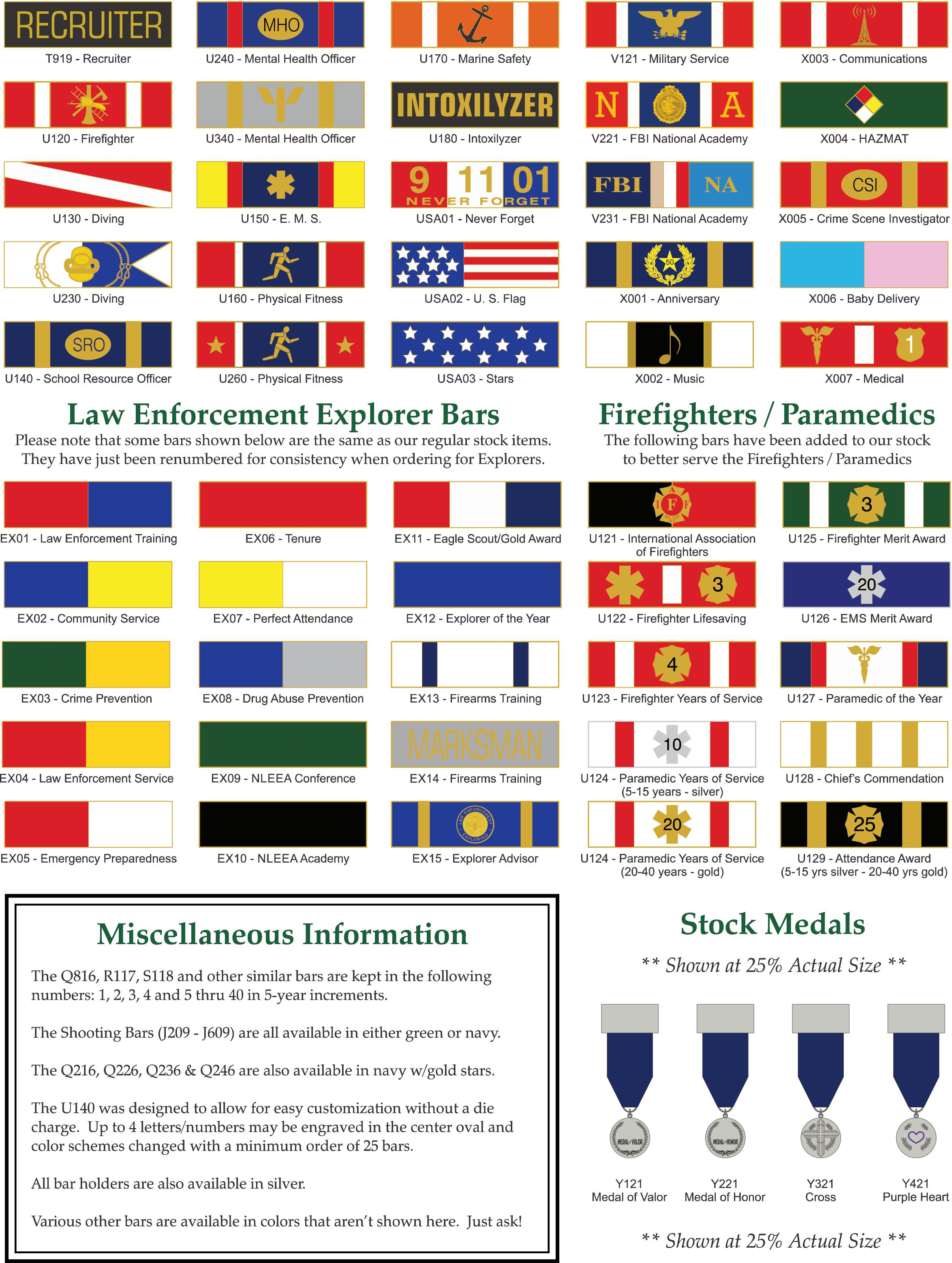



As Executive Director for your South Carolina Police Chiefs Association, I wanted to start this message with a sincere “thank you.”
My family and I are approaching our third year in the SCPCA family and what a wonderful three years it has been. The message that I have for you is perseverance.
We made our way through a pandemic and all the senseless acts of violence in our streets that followed in 2021. We stood strong and weathered the largest man-power shortage seen in many years. Our population of police officers continue to grow, and the hiring statistics are up across the Palmetto state.
Many cities and towns have come to the realization that for effective policing, they must supply funding and support law enforcement to keep our streets safe.
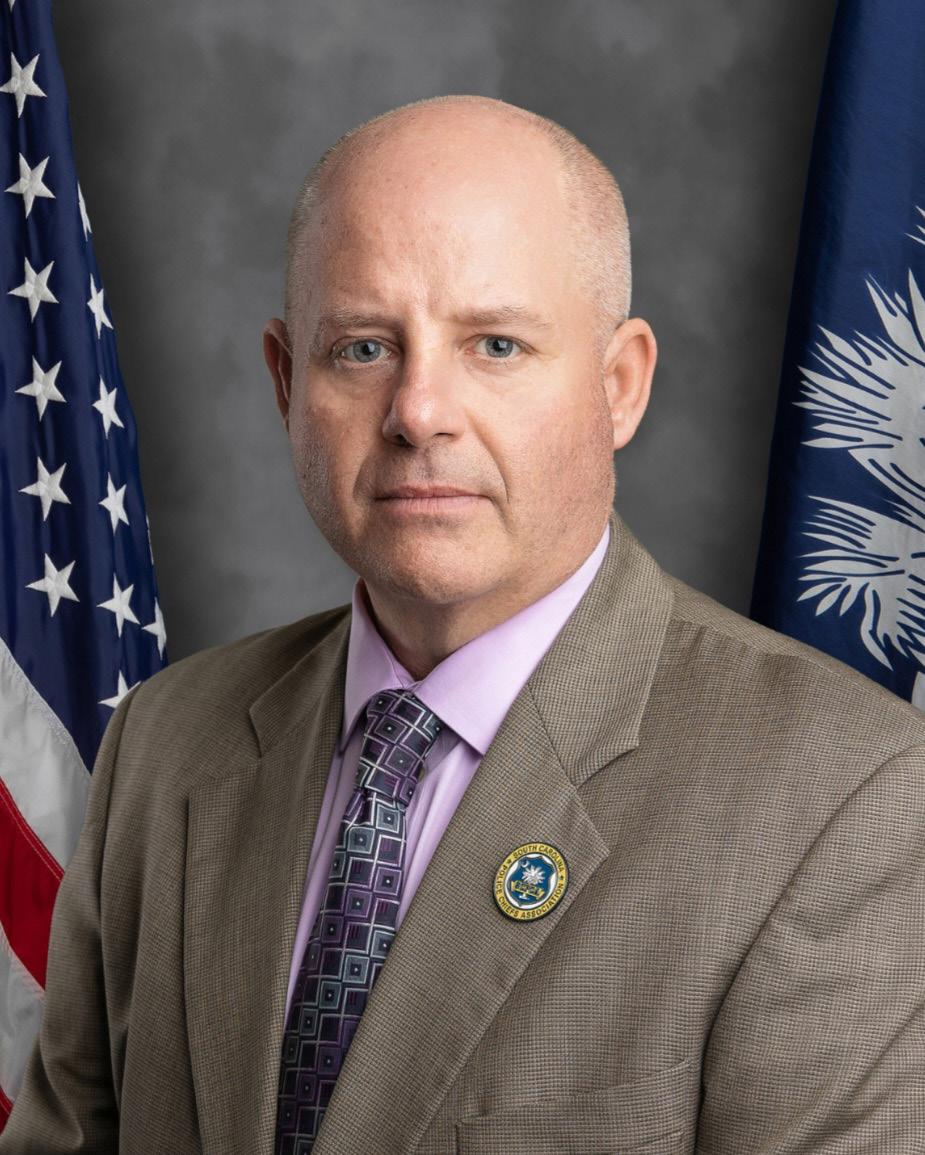
We finished 2023 out with a bang at our yearly Leadership Training Conference in Myrtle Beach, S.C. We kicked off our conference with Chief Tony Pustizzi from Florida and his leadership through one of the worst school shooting events at Stoneman Douglass High School. He shared positive and negatives and how you can better respond to emergency events in your city.
Our chiefs also enjoyed blocks on 21st Century Leadership from Michael Warran with Virtual Academy. He shared methods to communicate effectively and translating with the next generation of police officers.
Our chiefs also got a perspective from Chuck Gallagher who gave the group a resiliency talk on life after reaching rock-bottom. He shared his determination to overcome his mistakes and how he made a massive life-changing turn to be a successful leader and business owner.
We received a block of instruction from retired Chief Anthony Batts and his experiences with policing on the West Coast as well as his role as police commissioner with the City of Baltimore. He dealt with the aftermath of the Freddie Gray case and stayed professional throughout his struggles with that city.
We finished our conference with a block of instruction from our very own retired Chief, Tony Taylor. Tony shared his perspective on Blind Spots and how to stay ahead as a chief of police in South Carolina.
Our crosshairs are set on 2024 and we look forward to tackling a new session at the South Carolina State House. We expect testimony in medical marijuana, constitutional carry, and efforts to improve tax breaks for law enforcement across our state.
Our chiefs will have an opportunity to speak with senators and representatives April 3 as we host our 3rd Annual Chiefs Day at the Dome. We will meet and greet with some of our legislative leaders and join Governor Henry McMaster for lunch at the Governor’s Mansion.
In closing, we would invite you to peruse our brand-new web site and please share any changes or additions that you would like to see on that platform.
There’s no doubt that 2024 is going to be a big year for our chiefs of police. With the leadership of your board and the vision from Chief Sonny Ledda, we expect another positive year for our organization!
Executive Director John E. “JJ” Jones

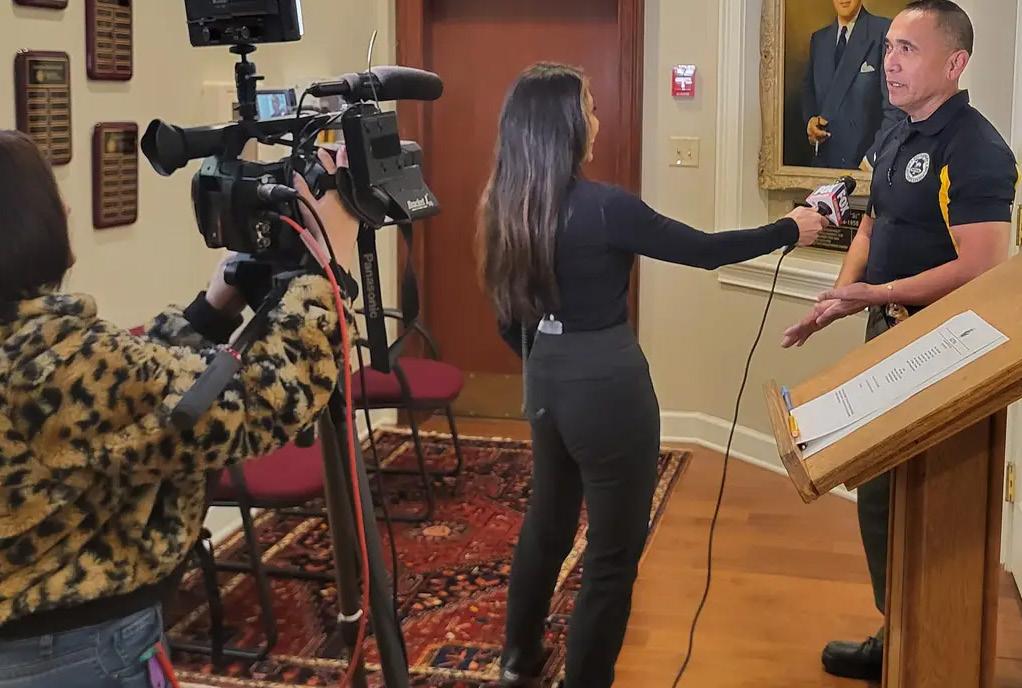
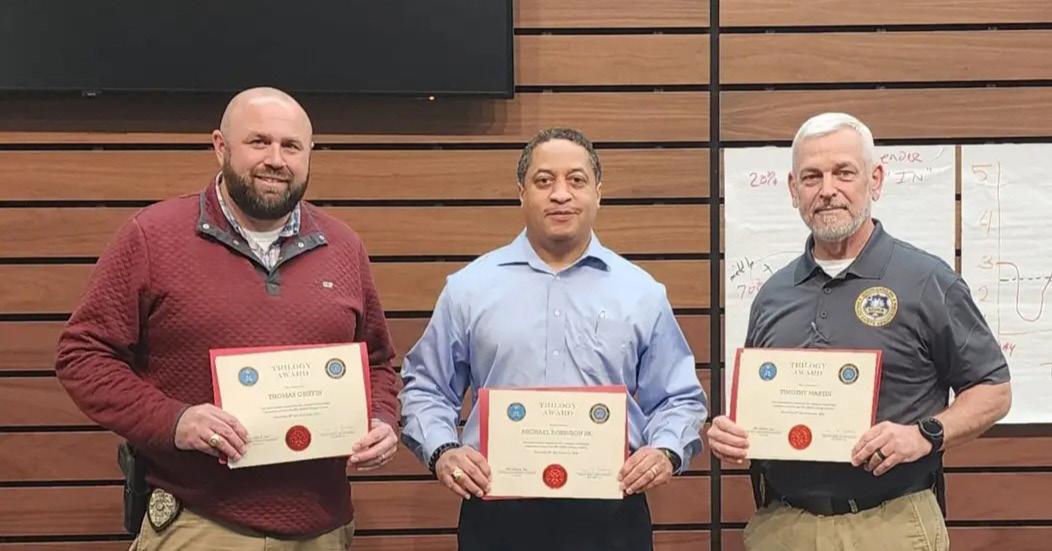




Originally Posted March 1, 2024
by Billy Cannada billy.cannada@ngu.eduGreer, SC—North Greenville University hosted more than 30 law enforcement leaders from around the state on Tuesday for a regular meeting of the South Carolina Police Chiefs Association.
The gathering featured legislative updates, topical presentations, and business discussions at NGU’s Tim Brashier Campus in Greer.
“It was an honor to host the South Carolina Police Chiefs Association,” said Dr. Marti Glass, director of adult and professional studies at NGU.
“NGU is proud to be a resource for law enforcement and looks forward to supporting our local agencies in our degree programs, certificate programs, and specialized trainings.”
North Greenville continues to serve as a strategic partner for law enforcement officials, offering discounts and online educational opportunities for those currently serving.
“The Greer Police Department is a significant benefactor of our relationship with North Greenville University,” said Greer Police Chief Matt Hamby. “NGU offers tailor-made professional development seminars provided by the faculty and has established a Greer Police Department Minority Scholarship
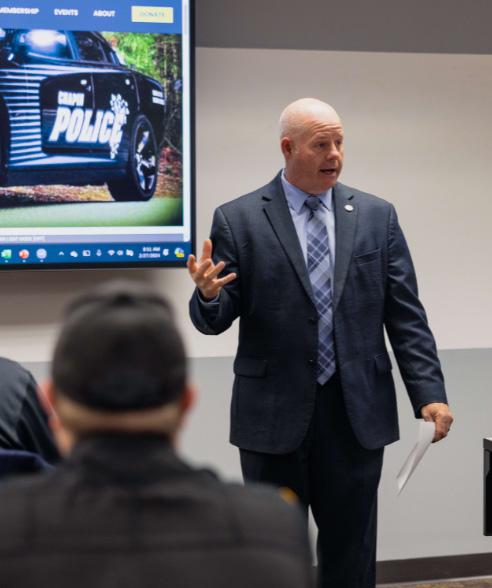
at the university. I am grateful for friendships that have developed with numerous NGU faculty. Greer PD employs several NGU graduates, and some have been students while working at Greer PD in a full-time capacity. NGU’s Criminal Justice program is flexible for working professionals and the faculty are invested in the student’s success.”
Richard Hensley, NGU’s regional partnership manager, said the university’s connection with law enforcement and the surrounding community remains
vital.
“We want to continue to be a resource for our communities and those who serve them,” Hensley said. “We are thankful for our police officers and first responders and will continue to partner with them in strategic ways.”
To learn more about North Greenville University’s online and graduate programs, visit ngu.edu/academics.





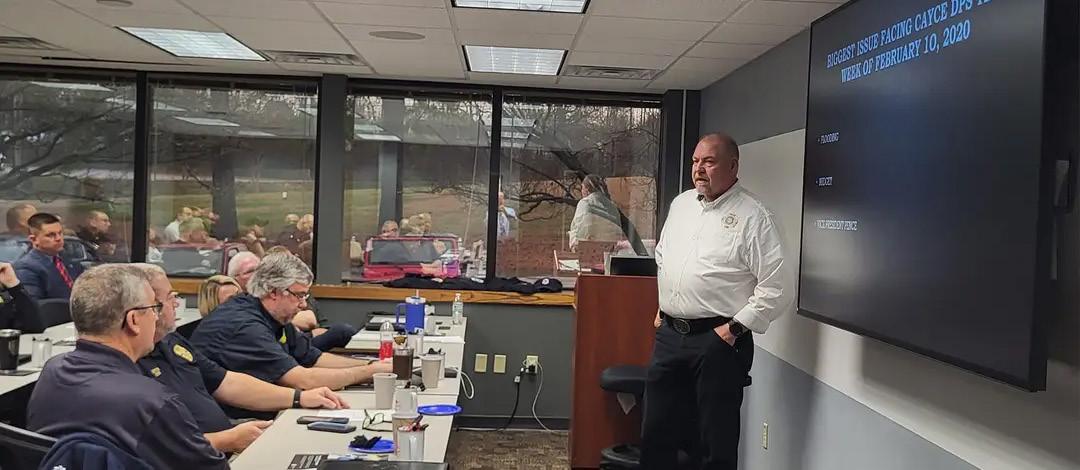
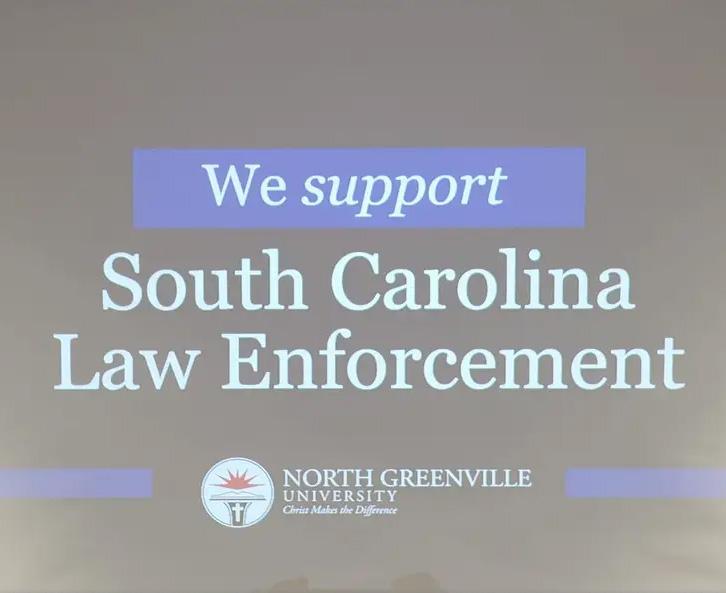



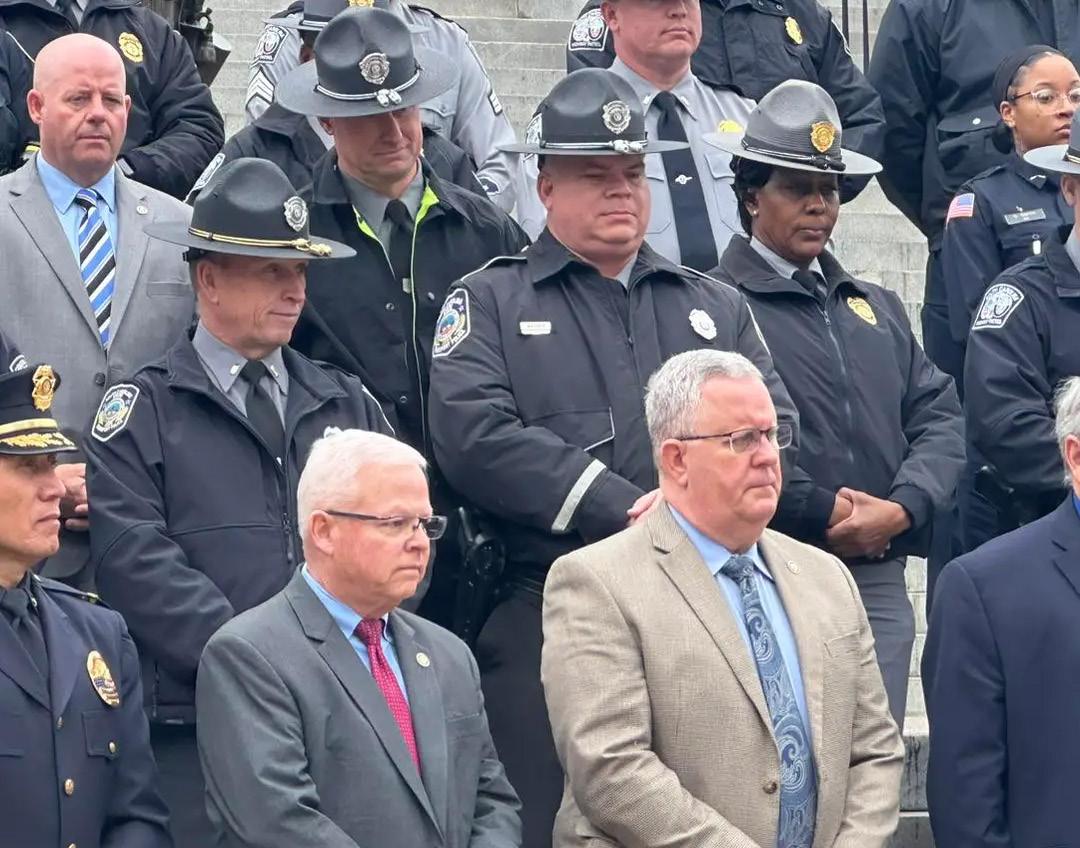
The South Carolina Police Chief’s Association had several chiefs invited to the State House to join the South Carolina Special Olympics Torch Run Kick- Off on Tuesday January 23rd.
Chief James Allen of the Timmonsville Police Department addressed the athletes and shared our support in these worthy games. Chief Sonny Ledda and Asst Chief Ty Simmons of Mt. Pleasant joined the ceremony in support as well. The SC Police Chiefs Association continues to support our partners at the South Carolina Special Olympics.
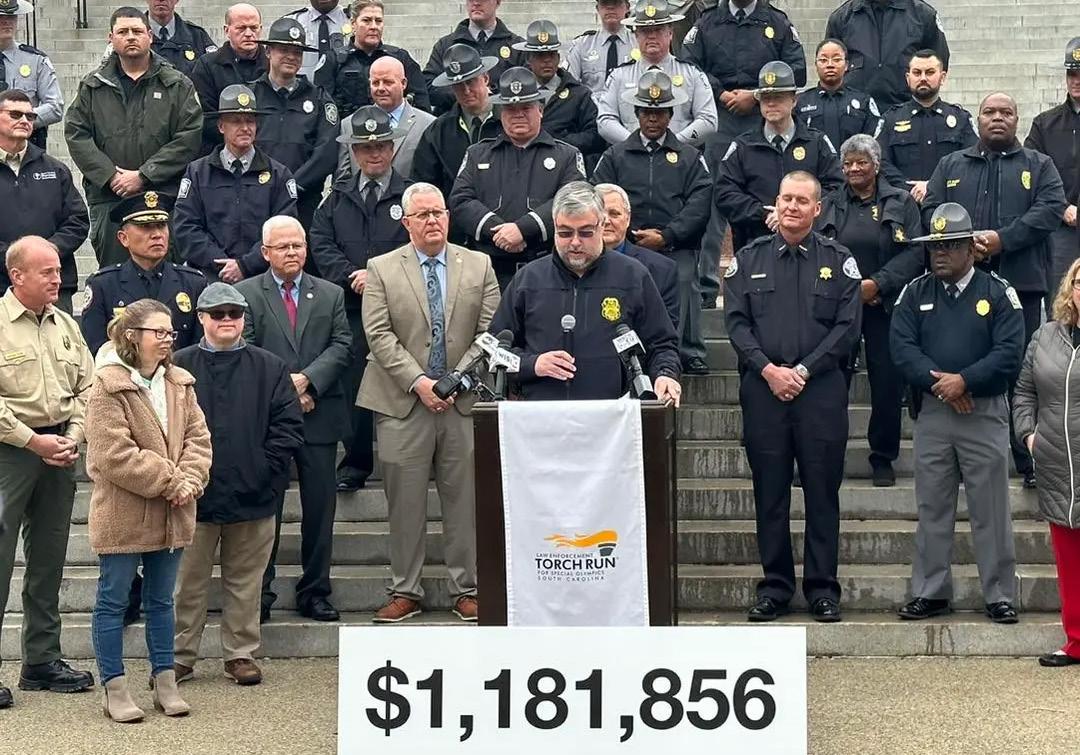




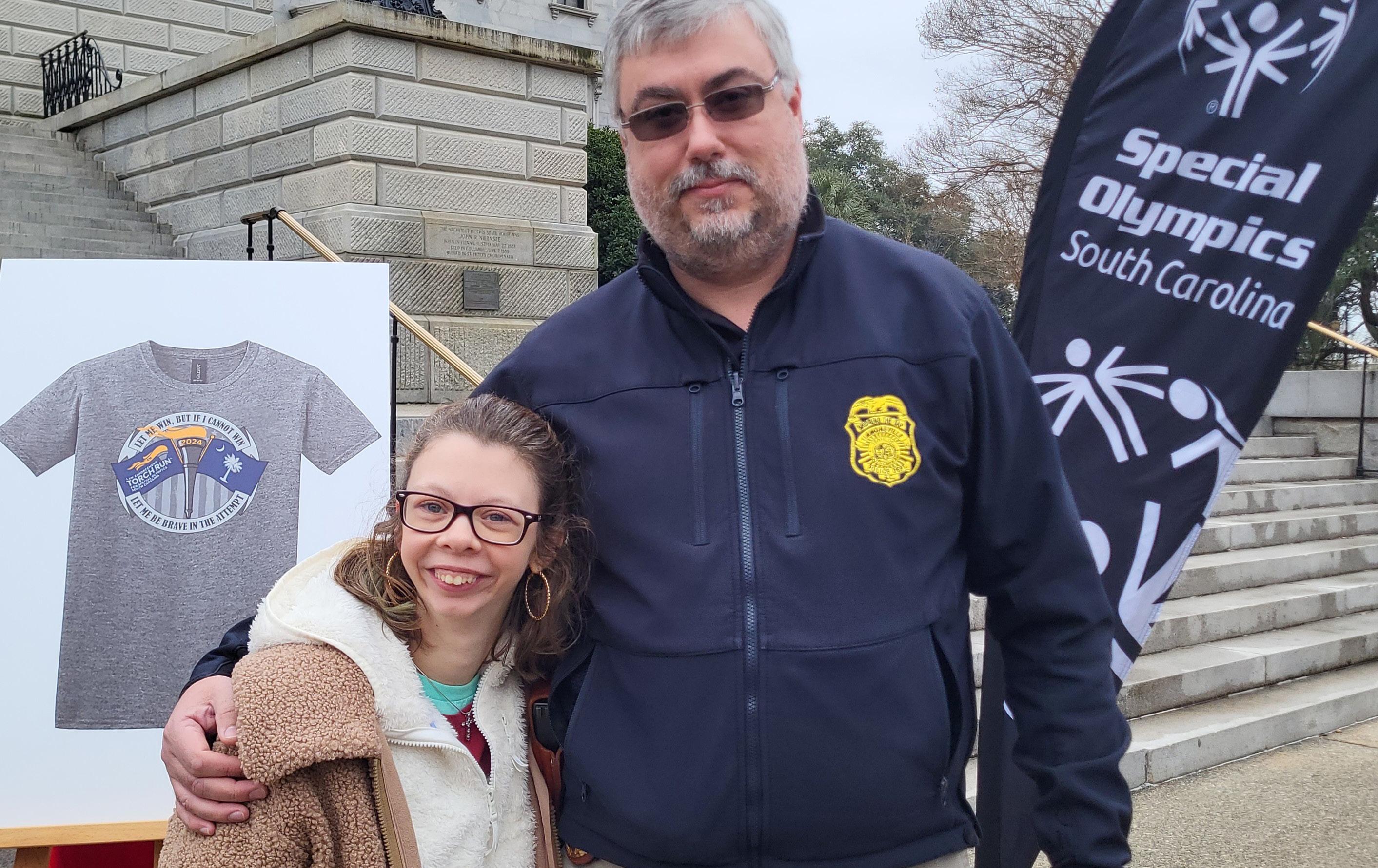
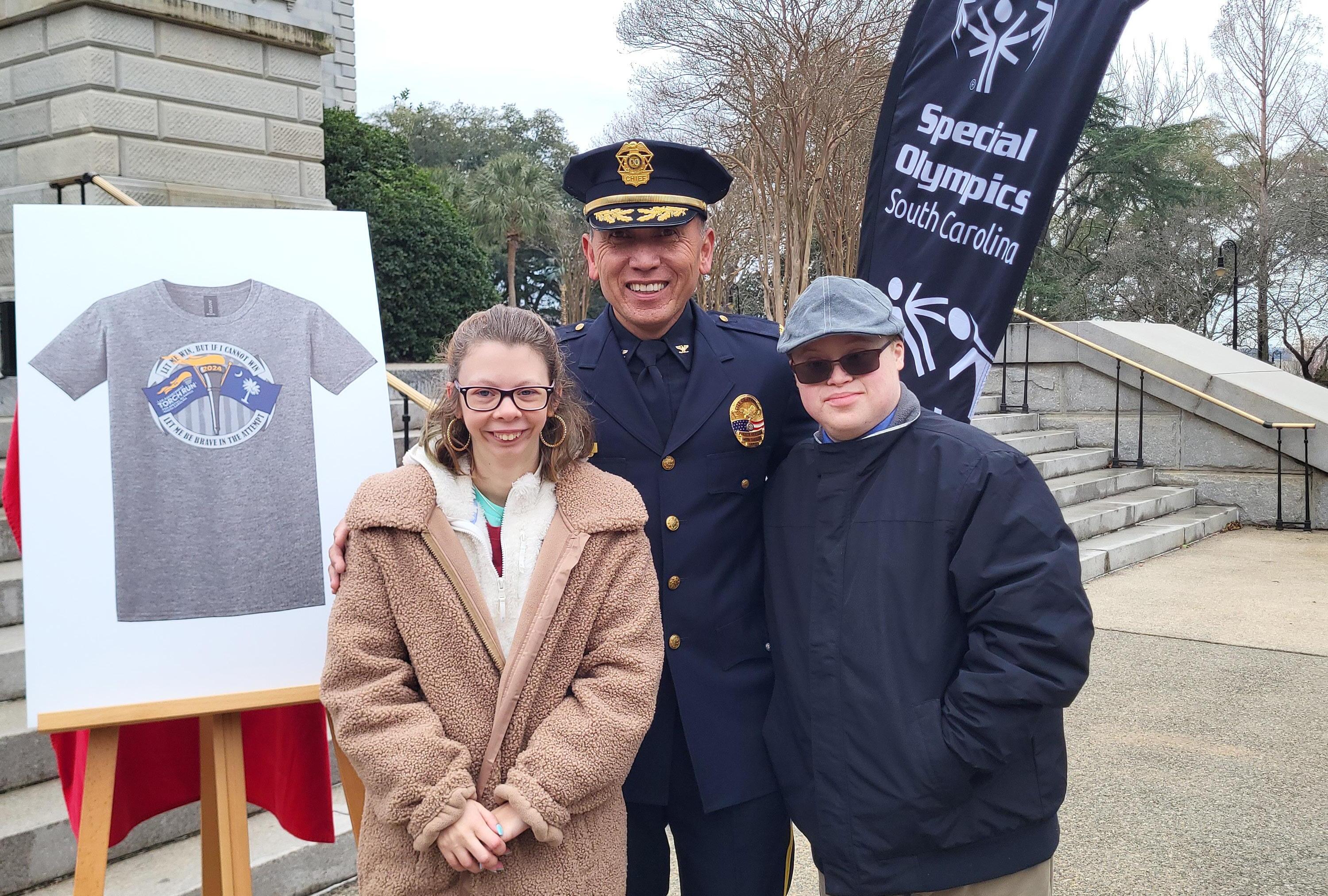




Note: This article is being written in the aftermath of the Uvalde school shooting where law enforcement agencies egregiously botched their response. I plan to address those failures and pay my own respects to those who lost their lives on that tragic day at a later time.
For now, simply know that some of the statements below do not apply to the actions of many who responded in Uvalde. Moreover, for those who struggle with the role of law enforcement in our society more generally, I ask that you read until the end to see why understanding these realities is so important for the lives of our loved ones and the future of our nation.
This stack has been quiet for the past two months. The lack of content has been partly due to a larger project I’ve been working on (more on that soon).
But since June 21st, my ability to write has been greatly affected by the sudden death of a young man who gave his life protecting others. Austin Derek Aldridge was a real-life hero. He was also one of my students.
Austin began serving with the Spartanburg County Sheriff’s Office in April 2019. He loved his community, he took his oath to protect and serve seriously, and he was by all accounts a
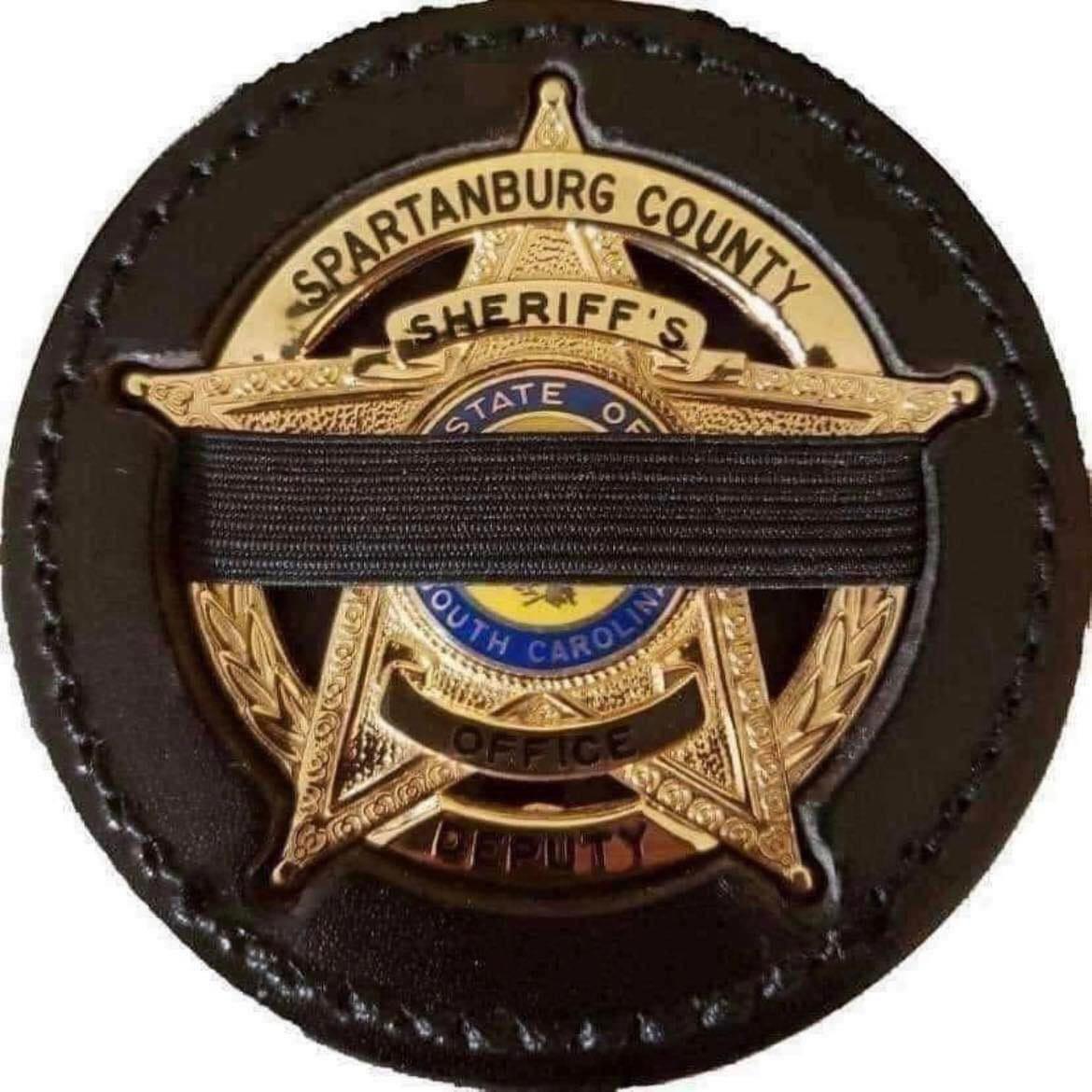
great officer.
On the day he was killed, Austin was responding to a domestic violence call—calls that are frequent and dangerous but where officers genuinely fulfill their oaths. He arrived on scene at 3:20 p.m. and was immediately ambushed as he approached the house. Austin died of his wounds at 9:26 p.m.
For those who want to know more about the events of that day, see this short writeup from the Officer Down Memorial Page. For more about Austin’s life and family, his obituary
offers a short tribute. My own reflections on Austin’s life can be found at the bottom of this article.
Austin knew the risks he was taking when he signed up to be a deputy sheriff. He also knew the risks of responding to that call.
I think most people realize that police officers face substantial risks on a daily basis, but I don’t believe most people understand how the kinds of risks faced by law enforcement affect both officers and their families.





For my own part, these risks did not become real to me (or to my wife) until about halfway through the police academy.
Our instruction on the use of force as well as subject control and arrest techniques—including numerous gut-wrenching videos, sobering personal testimonies, real-life scenarios, and actual physical pain—made real what was before only imagined.
I do not mean to overstate the risks that police officers face on a daily basis. Law enforcement is not the most dangerous job in America; other professions involve a greater risk of death.
But no other profession in the United States (or honestly the world) carries the same risk of violent death as serving in law enforcement (or the military).
This makes the stress of working as a police officer very different from any other career,
and the anxiety felt by spouses, parents, children, and other loved ones is also categorically different.
Again, other professions certainly have their own hazards, but no other job requires an individual to be prepared every second—literally every second—for the possibility of violent attack and the need to use deadly force.
Add to this always-ready mindset the need to engage normally with members of the community without treating them as threats, and you can at least somewhat understand the unique stresses of serving as a police officer.
For those unfamiliar with law enforcement or who do not have friends and family members
who are cops, consider the emotional roller-coaster of this very realistic 12-hour shift:
7:05 p.m.
You leave roll call at 7:05 p.m. on Saturday and respond immediately to a traffic crash. You speak with the drivers (who are both irate), and you facilitate the exchange of information and issue the at-fault driver a citation.
You’ll have to finish your full report later, though, as you’ve just been dispatched to a domestic call where you’ve been informed young children are in the home (a neighbor called after hearing crying and shouting).
When you and another officer arrive on scene, you find two arguing parents and three frightened little girls, including one the same age as your own





four-year-old daughter.
You and your fellow officer interview each of the parents, comparing their stories to determine who is the aggressor and if any laws have been broken.
The mother has bruises she claims are from yesterday when she fell down the stairs, but you believe—you know—that they were not from a fall. But without more evidence or an admission from the mother or father that an assault has taken place, there’s nothing you can do.
You and your partner walk back to your vehicles, knowing that the father is likely even more angry because the police were called.
Will he take this anger out on the mother? On the little girls? Will you be called back to this same address later in your shift? Will you return to find evidence of abuse—or will the dad leave and never return? Would it be better for the mom and little girls if he did leave for good?
These questions run through your mind as you head to your next call.
9:32 p.m.
Another traffic crash has happened—this one with more serious injuries. A young man was texting while driving and ran a red light, striking a minivan on the front right fender and spinning both the van and the car in different directions.
You are the first to arrive on scene and immediately hear crying and screaming from the minivan that was struck. You
see a female driver covered in blood and several children in the backseat.
Thankfully the female driver was wearing a seatbelt, and your initial evaluation reveals only non-life-threatening injuries. Three children in the backseat—two boys and a girl—are crying and visibly shaken.
Thankfully the children are also relatively unharmed except for a few scratches, so you begin removing the children from the van as another officer and EMS arrive on scene.
While the mother and children are being evaluating by EMS, you run to the other vehicle where another officer is trying to pull the young man to safety. The young man is unconscious, and the vehicle has caught fire as a result of the crash.
You and your fellow officer are able to pull him to safety, but he is not breathing and seems to be losing a lot of blood (he was not wearing a seatbelt).
EMS quickly begin CPR and the young man begins breathing, but he’s not out of the woods yet due to possible head trauma and internal injuries. EMS prepares to transport him to the hospital, and you try to collect yourself for just a moment.
You walk back to the mother and her kids; they are shaken but ok. You interview the mom, give each of the children a small stuffed animal (you carry a lot of these in your patrol car for moments like this), and you walk back to your vehicle to begin writing your report. But before you have a chance to finish, another call comes in.
An alarm goes off at a local supermarket, so you and another officer quickly drive to that store (the store closed at 10:00 p.m.).
When you arrive, you both exit your vehicles and draw your firearms to clear the build-
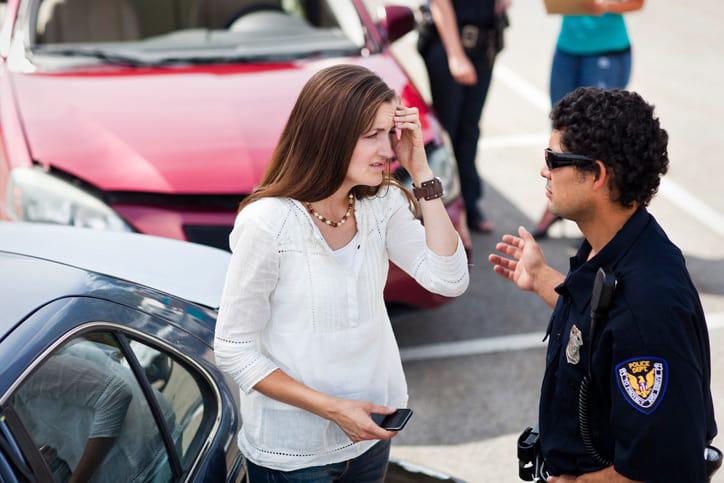


ing (standard protocol because you don’t know what you will face). You head to the back entrance where a door is propped open, clearly identifying yourselves as law enforcement officers.
Startled, a young woman who is restocking shelves identifies herself as the store manager. False alarm. You head back to your patrol car to finish your report from the last traffic crash.
12:37 a.m.
You stop at a local 24-hour gas station for a hot dog and an energy drink. Not the healthiest snack, but nothing else is open and you need the boost to finish your shift. Only 6 more hours to go.
2:06 a.m.
You get a call about an angry customer at the gas station you left an hour ago. When you arrive on scene, the suspect is shouting at the clerk and making physically threatening gestures.
You enter the store and try to deescalate the situation, but your presence only further agitates the suspect. He turns over a shelf and throws several 2 liter bottles on the ground before rushing at the clerk and punching him in the face.
You command him to stop, but he continues to yell and now approaches you aggressively, threatening to “f*ck up this f*cking pig.” The suspect is unarmed, so you draw your taser, ordering the man to put
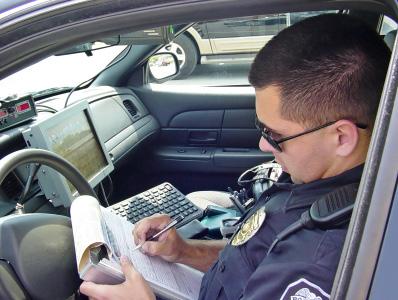
his hands up and to get on the ground.
Seeing the taser, the man quickly complies (he’s likely been tased before). You have him put his hands behind his back and place him in handcuffs just as another officer arrives on scene. You then place the suspect in your patrol car while you review the surveillance video. You transport him to jail a short time later.
6:15 a.m.
The remainder of your shift has been pretty quiet after the incident at the gas station. Only 45 minutes until you head home to your family and to (hopefully) sleep a few hours before returning at 7 p.m. for your next shift.
Just as you are preparing to head back to the station, another call comes in—the same address where you began your shift. Shots fired. You and a fellow officer run lights and siren
the entire way to the house, getting there in less than 3 minutes.
When you arrive on scene, you hear screams and then another two shots. You approach the house with your gun drawn (your partner is right behind you). You get to the front door (being careful not to stand directly in front of it), loudly announcing yourself as police.
You hear another shot. You attempt to enter but the door is locked. You kick the door several times until it breaks open, heart racing as you make entry.
What you find inside is a sight you will never forget. The three precious girls you saw earlier are lying in a pool of blood on the living room floor. You rush to see if they are breathing but then hear another shot. Your instinct is to stay with the girls, but your training tells you to move toward the shots to eliminate the threat.
You run down the hall with



your gun drawn, scanning the children’s bedrooms as you go. You reach the last room on the left—the master bedroom—with the door slightly ajar. You push into the room with your gun still drawn, only to find the mother and father lifeless on the bed.
The mother has multiple gunshot wounds, including one to the face. The father has one self-inflicted gunshot wound to the head. Knowing that the mother and father are both dead, you return to the living room just as several other officers enter the home. EMS is right behind. You run to the girls, hoping and praying that there is still life in them, but then you see the extent of their wounds.
All three of these little girls— girls you had longed to protect just a few hours ago—are gone. All the evidence shows that the father did not simply shoot them in a fit of rage; he lined them up and executed them.
You can’t take your eyes off the girls. Your heart races even
faster. Your breaths become quick and shallow. You picture your own daughters—especially your four-year-old. You look back at the girls and let out a scream. You question what you did earlier—is there anyway that you could have taken the father to jail earlier that evening? Could you have helped the mother and girls leave? If you had, would they still be alive?
All these thoughts bombard you as your shift supervisor places his hand on your shoulder.
7:04 a.m.
You walk out of the house and give statements as to what happened when you entered and to what you saw, who you saw, and how you saw them. Your shift is over, but it’s not over. And even when you clock out, it will not be over.
8:22 a.m.
You return to the station to shower and change your uniform, being careful to follow
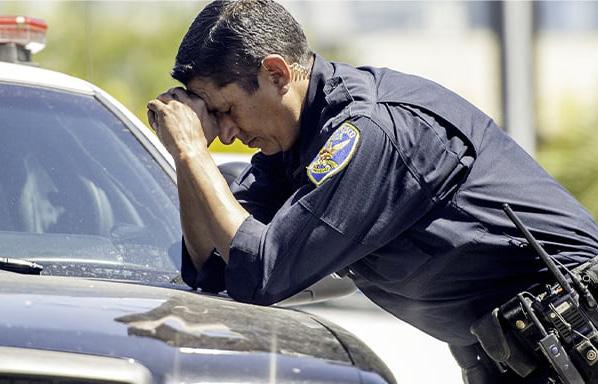
proper procedures for exposure to blood and bodily fluids. You scrub your hands and arms and are finally able to remove the girls’ blood from your skin. But the images in your mind . . . nothing can remove those. Nothing.
9:44 a.m.
You enter your house to the sound of your little girls playing happily in the living room. They’ve been up since 7:30 eagerly awaiting your return (you’re home nearly two hours late).
Your wife comes to the door to greet you, but she sees the look on your face. You’re exhausted, still in disbelief. Your girls know you normally shower and change clothes, giving you a bit more time to compose yourself.
But after you shower, you hug your girls as you normally do but find yourself unable to let go. Kids are perceptive, and they can tell something is wrong. You simply smile, tell them you love them and that you are just tired.
But even as you look at your daughters, you can still see the other girls on the floor of their living room just a few miles away.
11:32 a.m.
You head to the bedroom to try to sleep for a few hours while your wife takes your daughters to the store.
Your mind replays the events of last night over, and over, and over. Could you have gone back



by to check on them? Could you have said something differently? What if you had arrived on scene a minute sooner?
You toss and turn, the images of the girls you barely knew engraved in your mind. Your thoughts race as you then fear the worst happening to your own family while you are not with them. And then back to the girls, to the mom and dad on the bed, to the... .
How do you recover from a day like this? How do you interact with your own children in any normal way? How do you stay fully engaged with your family when your mind can’t help but wander to the tragic events of just a few hours ago (or a few weeks ago, a few months ago—even a few years ago)?
The things officers see, hear, and smell are etched in their minds and hearts for the rest of their lives, leaving scars (and often callouses) that inevitably
affect their spouses and children.
How do officers cope with such evil? How do they avoid becoming numb to the world around them? How do they fight tendencies to bottle up—and turn to the bottle—in an effort to cope with what they see?
These are the realities of policing. And while officers may not see scenes like this on every shift, they see much more than most of us can imagine—and certainly more than most of us would like to see.
I think it goes without saying that the vast majority of media segments on policing do not convey the realities described above; in fact, much of the coverage of police in the United States casts officers in a negative light.
Police are often vilified as
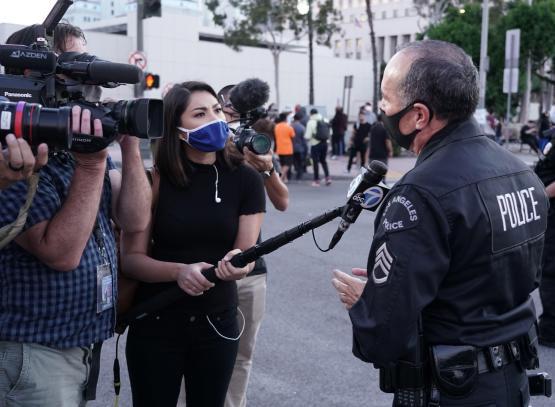
racist stormtroopers who run roughshod over the rights of those they are meant to protect. To be sure, there are some egregious examples where law enforcement officers fail to fulfill their oaths (e.g., Uvalde) and where officers abuse their authority (e.g., the case of George Floyd).
These botched responses and indefensible acts make headlines (and stay in the news longer) because they keep viewers engaged.
In contrast, feel-good stories of the valiant acts of police and the kind deeds of everyday citizens do not keep people’s attention like videos (and narratives) that elicit fear and anger.
While it’s understandable that media companies will lead with what keeps viewers engaged (“if it bleeds, it leads,” according to CNN’s Charlie Chester), this kind of unbalanced coverage can result in a distorted understanding of policing.
Even worse, many now believe that all cops are killers who deliberately target racial minorities. The reality, however, is that most local law enforcement officers are just like my student Austin—they care about their communities, they take their oaths seriously, and they would be willing to lay down their lives for others, including those they don’t even know.
What is the result of these distorted beliefs about law enforcement? Calls to defund or even abolish the police. When people believe that those who






are meant to protect and serve are in actuality abusing and oppressing them, they understandably want to cast off those authorities. But the result is never what most people think it will be.
If local law enforcement agencies are defunded or even abolished, some other authority will inevitably step in to restore order. Chaos will not be allowed to persist for long, as citizens will not tolerate it.
So who will come to the “rescue” if local departments are weakened or disbanded? The military. Federal agencies. Perhaps state agencies if they are still well-funded.
But is this in the best interests of local communities? Do we really want the National Guard patrolling the streets of our neighborhoods? And do we really want the FBI, the TSA, or other three-letter agencies overseeing the everyday affairs of local citizens?
The principles of federalism (i.e., the division of power between federal and state governments) has arguably been THE saving grace of the United States of America. It’s the reason at least some U.S. citizens were not taken captive by COVID tyranny for more than two years (and still counting in some places).
But what happens if the authority of local departments is diminished or destroyed? The loss of state and local control is a gain for federal control—and a loss of liberty for everyone
everywhere.
Take a few moments and seriously reflect on the choice before us: Would we rather have local control of law enforcement where officers care about their communities—because the communities really are their communities—or would we prefer federal agents (or soldiers) who are disconnected and far removed from those they are policing?
We must think long and hard about how we answer this question. A preference for local control of law enforcement does not mean we end up with the likes of Andy Griffith or Barney Fife; we will still have professional agencies, and these agencies will still make mistakes.
As others have said, there are no perfect solutions—only tradeoffs. But which imperfect option do we choose? Local and decentralized control of law enforcement, or the faceless stormtroopers of the Empire (or the “peacekeepers” of the Capitol)?
Much like in Star Wars or The Hunger Games, if we end up with federalized law enforcement agencies, we will have order. But will we have freedom? Will we have peace?
As Haymitch astutely observed in The Hunger Games, “peacekeepers are not entirely peaceful.” This is why knowing the risks and realities of policing matters.
I’ve written elsewhere about understanding what is really happening in our world and escaping the grip of narratives,
as living in light of the truth is essential to human flourishing.
What’s more, if we are to remain free, we must refuse to live by lies, which means rejecting the narrative that all cops are racists (or the related acronym ACAB—“All Cops are B*stards”) and recognizing what is actually happening in our nation, in our states, and in our communities.
Yes, we should remember (and rightly criticize!) instances of injustice carried out at the hands of law enforcement (I intentionally highlight such instances in my criminal justice courses to show my students what not to do).
But we must also recognize the multitudes of good law enforcement officers who are striving every day to protect and serve their communities.
If we want to escape the grip of false narratives about police in the United States (and thus preserve our own lives and freedoms), we must not only comprehend the risks and realities of life as a police officer; we must also know the truth about law enforcement training and tactics.
Before I went through the police academy, I had effectively zero understanding of how officers were trained to enforce the law. The same is likely true for most people today who have no connection to law enforcement.
This lack of understanding can lead to a host of incorrect
523 Highway 17 North ♦
North Myrtle Beach (843) 663-3307 ♦
sakurahibachibuffet.com


Bagel Factory
(843) 839-1590
1620 Farrow Pkwy (843) 236-6939
2112 Oakheart Road (843) 357-3200
1190 Hwy 707 (843) 626-6445
2012 N. Kings Hwy
Myrtle Beach
bagelfactorymb.com





 LeBron James @KingJames
LeBron James @KingJames
I’m so damn tired of seeing Black people killed by police. I took the tweet down because its being used to create more hate -This isn’t about one officer. it’s about the entire system and they always use our words to create more racism. I am so desperate for more ACCOUNTABILITY
11:31 PM ∙ Apr 21, 2021 assumptions, not the least of which is that many officers are killers who are “hunting down” certain groups.
Consider the Tweet above from basketball star Lebron James. He’s demanding “accountability” for the shooting of 16-year-old Ma’Khia Bryant.
But what James and many others failed to acknowledge was that the officer involved in this shooting actually saved the life of another teenage girl that Ma’Khia Bryant was about to stab with a knife (see here for the full video).
Much more could be said about this shooting, and a full evaluation of the media coverage demonstrates without any doubt the anti-police bias present in most mainstream reporting (a topic I hope to address more fully soon).
But for now, simply note the assumption that an officer shooting someone who is advancing toward another person with a knife is morally equivalent to what happened to George Floyd. Such an assumption shows how little most Americans understand about police use of force.
For those who want to understand what an officer-involved shooting is like in the days, weeks, months, and years following the event, I encourage you to watch the documentary “Officer Involved.”
Have you ever wondered what happens to an officer in the aftermath of a shooting? This short film examines the legal processes, the physiological and psychological fallout, and the heart-wrenching conversations with spouses and children.
It also examines the truly shocking effects that movies and television have on public perceptions of deadly force. Especially if you have a friend or family member in law enforcement, please consider watching this film, as it will truly help you understand the stress and grief that officers and their families experience.
No officer wants to use deadly force, but many officers are required to use deadly force in the performance of their duties; indeed, they would be derelict in their duties if they chose not to use deadly force if a suspect posed an imminent threat of
death or serious bodily harm.
If you want to see more of the nearly limitless types of encounters that police officers have with suspects, victims, and everyday citizens, consider watching some of the videos at the YouTube channel Police Activity.
This channel uploads new video footage nearly every day (sometimes multiple times a day), and while many other videos can be found on YouTube and elsewhere, the number and quality of full and unedited videos available on this channel are second to none.
Truly, if you want to understand the risks and realities of life as a police officer, spend some time on this channel.
I can’t speak for everyone else who chooses to become a police officer, but I can tell you why I and many of my friends entered the police academy.
We know there is a tremendous amount of evil in the world—more than most people can imagine. We know that some individuals choose to prey on the weak and the innocent, and we want to do everything in our power to prevent this from happening.
And we want to protect those who cannot protect themselves and bring to justice those who succeed in harming others. These same desires are what motivate the students I’ve taught during the past 10 years.




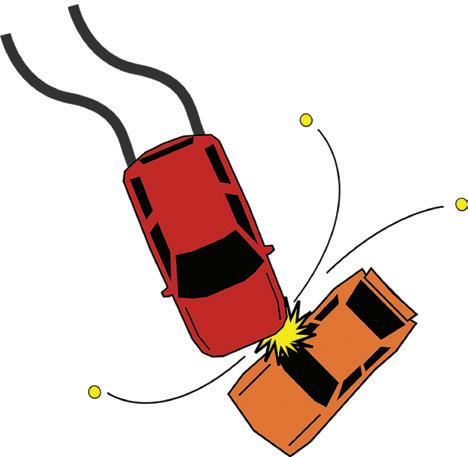

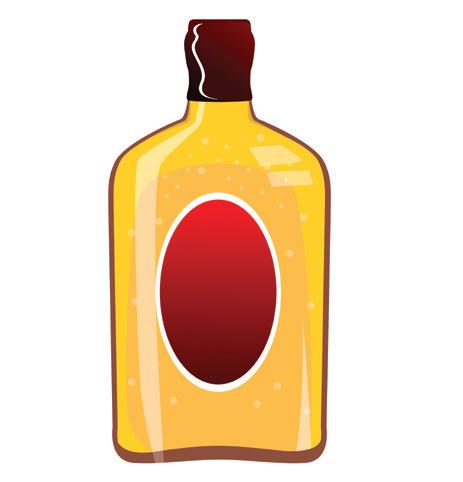

Every semester, I try to impress upon my students the realities and risks of policing. Yet in spite of the dangers and the demands on their families, so many of them still desire to become police officers because they want to protect and serve their communities.
These are the kind of men and women who make up the majority of local law enforcement in the United States. Honorable. Brave. Kind. Selfless.
I want to reiterate why the truth about law enforcement matters. If we don’t understand the risks and realities of policing, if we misunderstand how officers are trained to use force, and if we fail to recognize what motivates the majority of police officers, people who are more evil than any of us could imagine may one day rise to power.
On that day, the police will not protect and serve their communities but will instead protect and serve those who have placed them in power. This is
the nature of centralized control of the police and the military.
Consider China, North Korea, and similar countries. Government agents do not exist to protect the public; they exist to protect the leaders and to further the interests of the elite.
While many of my current students still desire to take the oath and to serve and protect their communities, more than a few of my good friends and former students have moved on to different professions. Several more are actively considering other careers.
Why? The number one reason for these officers leaving their departments is the hostile working environment created by false narratives—fueled by sensationalized media coverage and a dearth of understanding.
And this makes sense: If those you seek to protect regularly vilify you as a monster and a killer, how long would you continue to serve those people?
Other reasons include lack of
funding for their departments and exhaustion from covering many additional shifts (shifts vacated by officers who left).
It’s not hard to see the domino effects caused by these false narratives. And where does it end? More centralized or federalized control of law enforcement, if not something much, much worse (see “Why Does This Matter to Me?” above).
I have often been accused of whitewashing the bad actions of police or of defending the use of excessive force, and I understand that a piece like this could elicit such reactions.
But as I said at the beginning concerning Uvalde (and as I have previously shared concerning George Floyd), I am not an apologist for the police.
If officers abuse their authority or fail to protect others, I will be one of the first to criticize these actions (or inactions). And if I could explain how I become physically sick every time I watch footage from Uvalde, you would understand that I never make excuses for the failures of law enforcement.
So why write an article that seems to be taking the side of police? Because I care about the truth and living in accordance with reality—and because I know where living by lies can lead. My sincere hope and prayer in writing this piece is that more Americans will gain a better understanding of law enforcement and will be able to see through the false narratives—narratives that appeal






more to emotions than to facts.
I also hope I’ve at least somewhat adequately conveyed the risks and realities that officers face and I have represented well the essential role that so many of my friends and students play in preserving life and liberty.
Finally, I hope that the memory of Austin has been honored in what I’ve written. To that end, below is the tribute I wrote for him shortly after his passing.
I’ve started to write this post a couple times over the past two days. Each time I come away frustrated, as I genuinely do not know what to say.
Austin Aldridge was ambushed while responding to a call on Tuesday. I had the privilege of teaching Austin in my Intro to Criminal Justice course in the spring of 2017.
Every time I’ve looked at his picture over the past two days, I can see exactly where he sat in our classroom (on the left side against the wall). All I can see is his smile—the same exact smile in his deputy profile below.
This morning, I looked back through my emails from Austin, and I came across a short reply to an email I sent our class.
I had to cancel class one day when we had a scare with our third daughter (my wife was five months pregnant), and Austin was so quick to reply to check in on my family and to offer his support and prayers.
I only talked to Austin periodically over the past five years (thankfully I got to see him on campus this spring), but from what I’ve heard from his classmates and friends the past two days, this eagerness to care for others defined who Austin was as both a deputy and a person.
When I went to the academy 14 years ago, our commanding officers trained us to memorize the names of the 8 fallen officers who served our department, along with the dates they passed and cause of death.
When I started teaching criminal justice at North Greenville, and as our program has grown by leaps and bounds, I’ve often wondered when we would have to start a list of former students who were killed in the line of duty. I just never thought it would happen this soon.
Like anyone who works in or around law enforcement, you always know the risk. You hope and pray the day never comes, but that call or knock at the door is always in the back of our minds—and in the minds of our families.
To Austin’s wife: I’m not sure you will ever see this post, but I want you to know how deeply I and others grieve for you—and with you. I am praying that you will know the comfort that only the Lord Jesus can provide.
To all my students, both past and present, I want you to know how deeply grateful I am for you. I’ve spoken to so many of you over the past 42 hours, and it is abundantly clear how deep the bonds are among our Criminal Justice and Legal Studies students.
Your love and care for Austin and for one another has been on full display in these conversations. It is truly a privilege to teach at North Greenville University and to serve as your professor.
And finally, to Austin: I love you, brother. I am thankful for your service to your family, to your community, and to Christ.
Your selfless example will live on in the hearts and lives of your fellow officers, your former classmates, and everyone who knew you.
I wish I could shake your hand one more time and give you one last hug, but I am thankful—so thankful—that because of our Lord Jesus Christ, I will see you again.

(843) 423-2129
600 Main Street


(843) 431-9222
2524 East Hwy 76, Ste E
Marion

(803) 764-3111
114 Afton Court
Columbia

Makkoli Chinese
(843) 423-8588
1318 N Main Street, Unit C
Y Mas
(843) 870-2991
933 Red Bank Road
Goose Creek
Southern
(843) 846-9633
94
Beaufort
(845) 283-5320
5601 Fairfield Road
Columbia
Marion Baleada

4




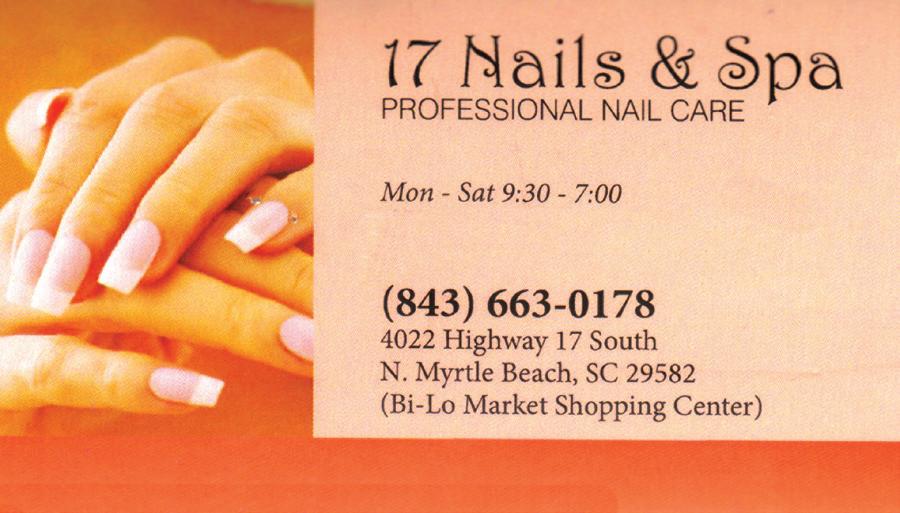






Sunhouse
(843) 365-7202
3886 Hwy 701 N


Posh Nails
1600 Farrow Pkwy
Myrtle Beach

Sunny
(843) 280-6900
801
Hwy 17 Little River
8084
E Main Street


4535 Socastee Blvd

West Parker Rd Greenville Capital
Supply
Two Notch Rd.
Columbia Hermanos
691-9004 4535
Originally published by The Post and Courier Oct. 15, 2023
by Deirdre CurrinHARTSVILLE — When Police Chief Byron Snellgrove became Hartsville’s interim police chief in May, he did not expect to stay more than six months. But now he’s the full-time chief of police and turning big plans into reality.
“I fell in love with the town, I really enjoy what I’m doing, I think the people here are great and I think it’s a good fit,” Snellgrove said.
The city removed the interim tag in September.
City Manager Daniel Moore said Snellgrove’s time as interim police chief gave him great insight into the community and police department.
“In just a short time, he has made a strong, positive impact within the department and we look forward to seeing his leadership for the future,” Moore said in a press release announcing Snellgrove’s hiring.
From the beginning of Snellgrove’s appointment as interim chief, he has been making longterm goals for the city, including improved communication between police and residents, a new recruiting program and a mentoring system for officers.
“We’re working toward building a better relationship with our community members as well as with city hall and the Council and pretty much everybody else in the city,” Snellgrove said. “That’s what our job really is — to have a relationship with the community. If we don’t have that relationship, then we really don’t know what
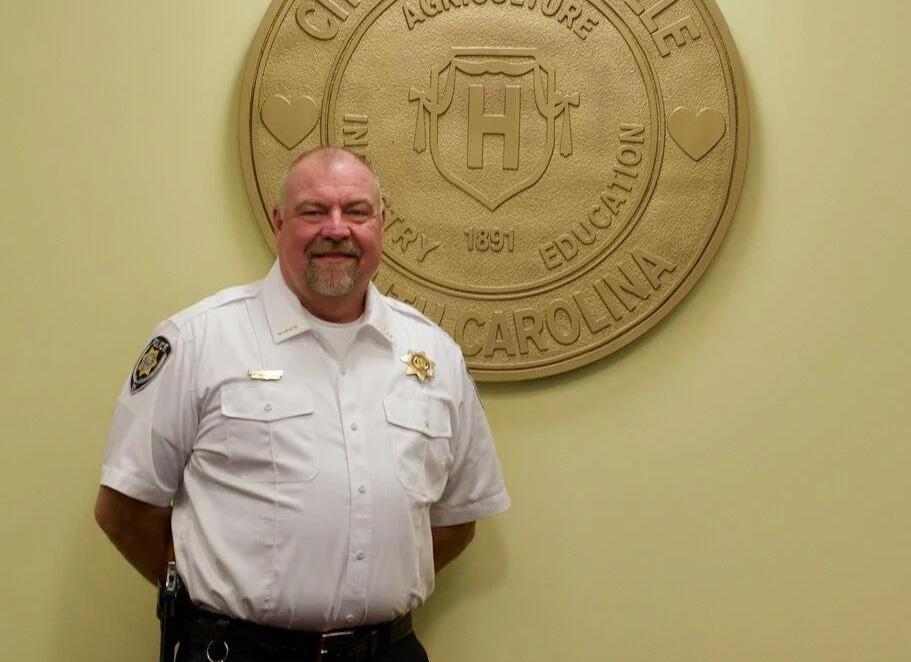
the community needs, so we’re not giving them what they actually need. What they want is to be safe. They want to feel like the city is safe. They want to know the people that are working for them to make that happen, and they want to be able to communicate with us and talk to us about it and have us understand where they’re coming from and what they need.”
One of the first things Snellgrove did as interim police chief was get to work on a new crime reduction unit, which has officers work from 3 p.m. until 3 a.m.
The officers use the afternoon to walk around the community and talk to people, then use the later hours to actively deter crime.
“We have noticed a difference, we sure have,” Snellgrove said. “We don’t have the type of activity that was going on before in the city that we had seen, and the community itself has noticed a difference. Both north Hartsville, south Hartsville, when you talk to them,
they’ve noticed a difference in our department, they’ve noticed a difference in the crime that’s going on in the community. Things have calmed down.”
Snellgrove, who has nearly 40 years of experience in law enforcement, used to be an accreditation officer. He is in the process of getting accreditation — a lengthy process that allows the department to hold a magnifying glass up to every policy and aspect of the department and correct accordingly — for the Hartsville Police Department.
In January 2022, Snellgrove retired from law enforcement and public safety. That decision didn’t last long.
“I can say that I sat at the house, I got up when I wanted to, ate breakfast when I wanted to, had a drink when I wanted to,” Snellgrove said. “It was probably the worst year of my life. I say that simply because I felt like I still had something to give, that I wasn’t








quite through yet. When I retired, I actually sort of thought I was and that I was going to be OK with that, but after a few months, you get tired, you get bored, and law enforcement, public safety sort of runs through your veins.”
Snellgrove is working to make the process of getting a new police chief less time-consuming by creating a succession plan that would have someone already lined up to be the new police chief after the latest one has left their position.
From his lengthy time in law enforcement and public safety, Snellgrove says he has learned to be flexible in terms of going to new places and learning new ways to do things with the coming of new generations.
Snellgrove also received the Or-
der of the Palmetto — the highest honor a resident can receive from the state from Gov. Henry McMaster in 2021 for his work on the case of Faye Swetlik’s abduction in 2020 when he was with the Cayce Police Department.
Swetlik, 6, was abducted on Feb. 10, 2020. Her body was found days later in a nearby wooded area. An autopsy showed Swetlik had been strangled hours after her abduction. A neighbor, Coty Taylor, killed himself after Swetlik’s body was discovered.
Evidence pointed to Taylor as the lone person responsible for Swetlik’s abduction and murder.
Snellgrove said the case was a good example of how to handle an abduction, even though it did not end the way anyone wanted.
“I want to be here long enough to make sure the department is going in the direction that it needs to be and that the city and the department are functioning together like they need to with the citizens and all that, and then have somebody that I feel very comfortable with turning the department over to and being the next chief,” Snellgrove said.









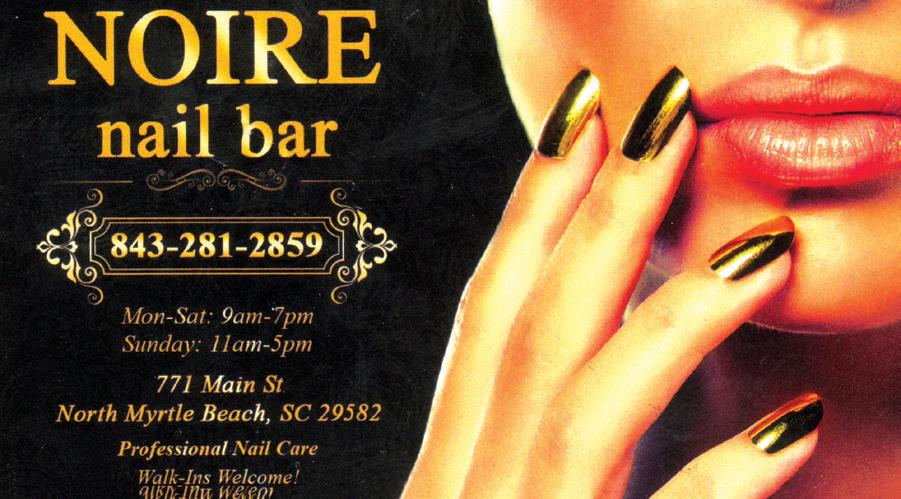

(917)
886
2421
9672
(803)
7201
9672
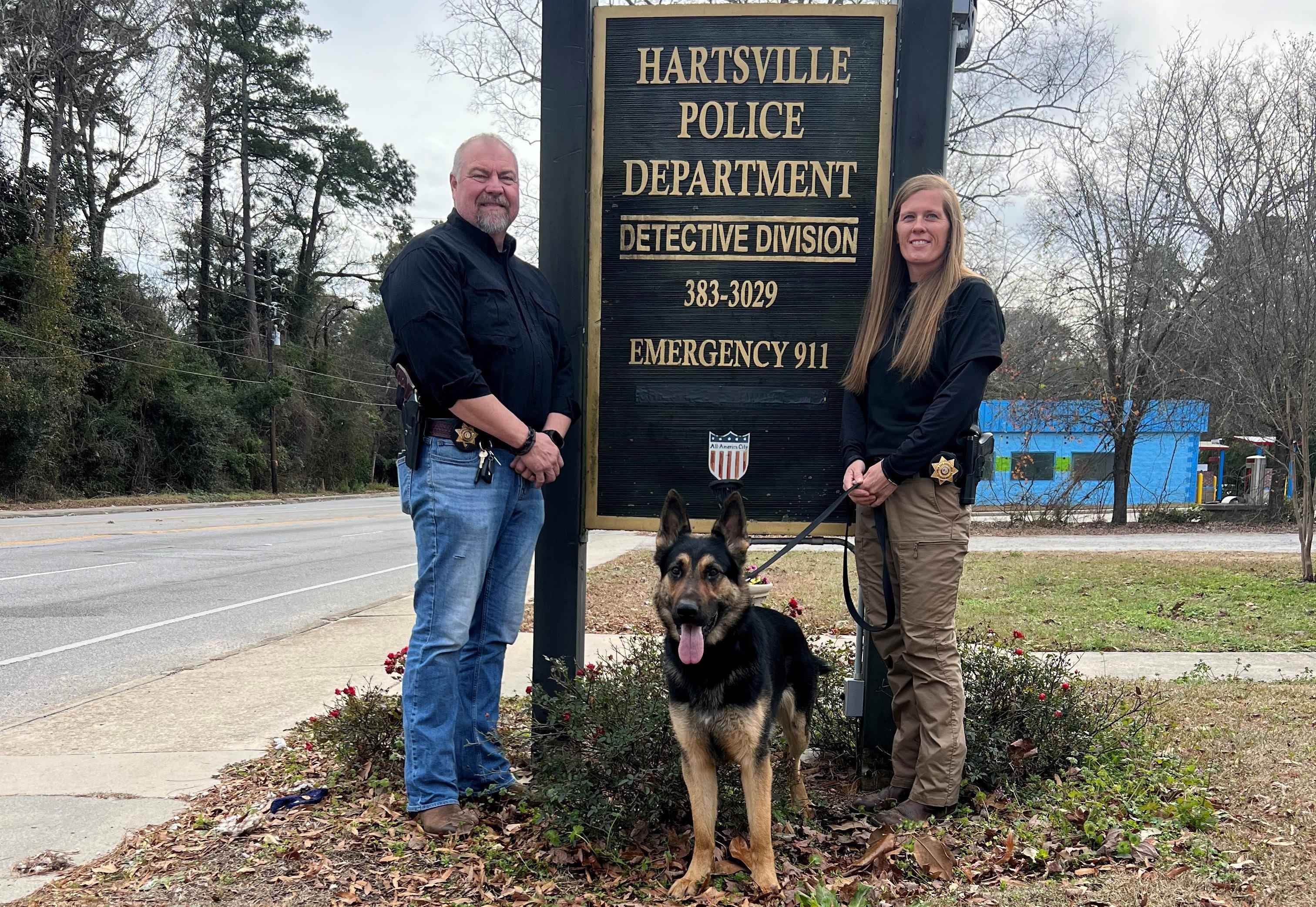
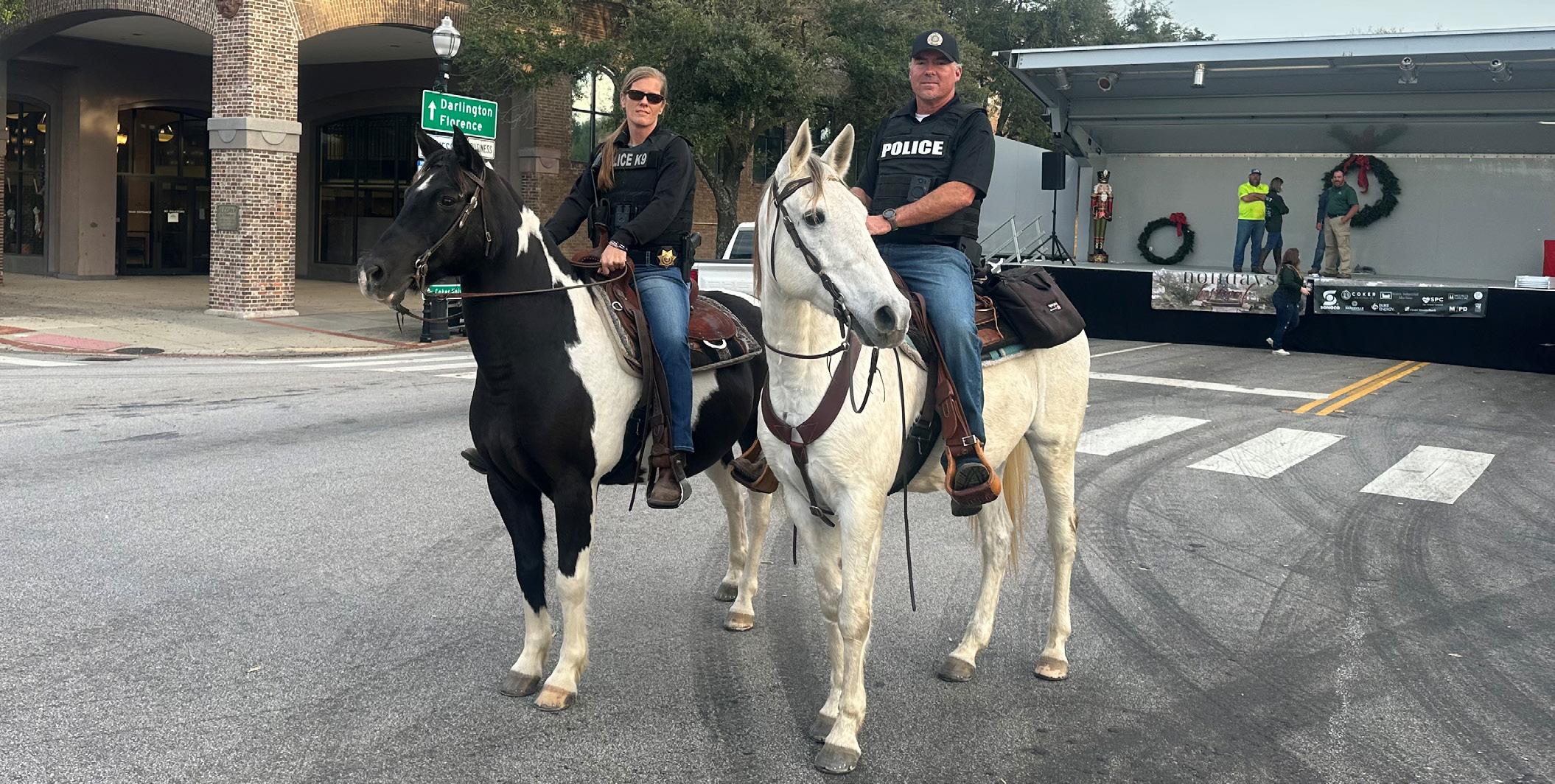




The SC Police Chiefs Association convened in Myrtle Beach, S.C. on November 16th-19th, 2023.
Chiefs and executives joined our staff at the Marriott Grande Dunes Hotel and Resort for a weekend of training, networking, and exploring new products for our police departments.
We had a great time with a record number of attendees! This is the first SCPCA Leadership Conference to boast 157 attendees and 104 Exhibitors. WOW!
Our conference was kicked off by our President, Chief Jim Stewart of the Anderson Police
Department and South Carolina’s US Marshall, Chrissie Lattimore.
Chief Stewart invited the Anderson Police Department Honor Guard to join us and open our conference by placing our flags in position for our ceremonies.
Our speaker line-up included Virtual Academy’s own Matt Warren. Matt is a retired Michigan law enforcement commander and professor.
He shared new ideas and methods to lead our police officers in to the 21st Century. Virtual Academy continues to be awesome partner for our
chiefs in South Carolina.
Chief Anthony Batts joined us and shared his perspectives on leadership. Anthony perspectives included the Art of Leadership.
Chief Batts shared his experiences as Baltimore’s Top Cop and the back lash he navigated after Freddie Gray’s death in 2015. Chief Batts also shared his experiences while leading departments on the West Coast as well.
We also hosted nationally known speaker, Chuck Gallagher. Chuck shared his history and thoughts on second chances and overcoming adversity. This






block was especially important as we were given the opportunity to see a different point of view.
We saw a convict that overcame adversity and mistakes. Chuck found his way to stay successful and shared that recipe with our leaders.
We also had our state and federal partners update our chiefs so we can stay informed and educated as we focus on success in 2024.
Speakers from SLED, SCDPS, SCCJA, and federal partners continue to work alongside us to keep South Carolina safe.
Our chiefs also had the
pleasure to hear a minute-byminute recap of the Stoneman Douglas High School shooting in Florida. Retired Chief of Police, Tony Pustizzi, shared his perspective on the shooting response and the aftermath of the tragedy.
Chief Pustizzi gave our attendees a great insight into a chaotic scene and how to successfully navigate them for your police department.
Chiefs were also joined by retired Williamston Police Department Chief, Tony Taylor. Tony shared insights about leading a department in 2024 and ways that he has helped navigate successfully.
Tony focused on Blind Spots and how to avoid those in leadership positions here in South Carolina.
We enjoyed several social events and opportunities to network with exhibitors and vendors in the Axon Exhibit Hall.
Our 2023 conference ended in a banquet led by retired Chief Deputy Paul Butler. Paul kept the crowd engaged and had the pleasure of introducing our Lieutenant Governor Pam Evette.
Lt. Governor Evette reiterated her support of our police chiefs and law enforcement in South Carolina. She shared suc-







cesses and her vision for South Carolina as we take on 2024.
Our 2024 president was sworn in with other members of the executive board.
Chief Sonny Ledda was sworn in by Chief Stewart as our new leader along with incoming board members: Chief Brett Camp, Chief Josh Detter, and Chief Dana Crowell.
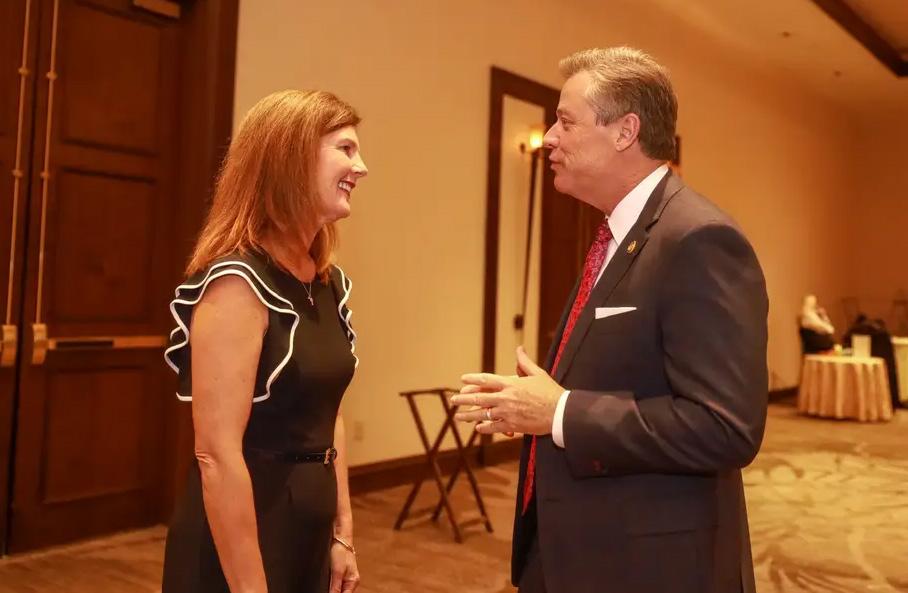













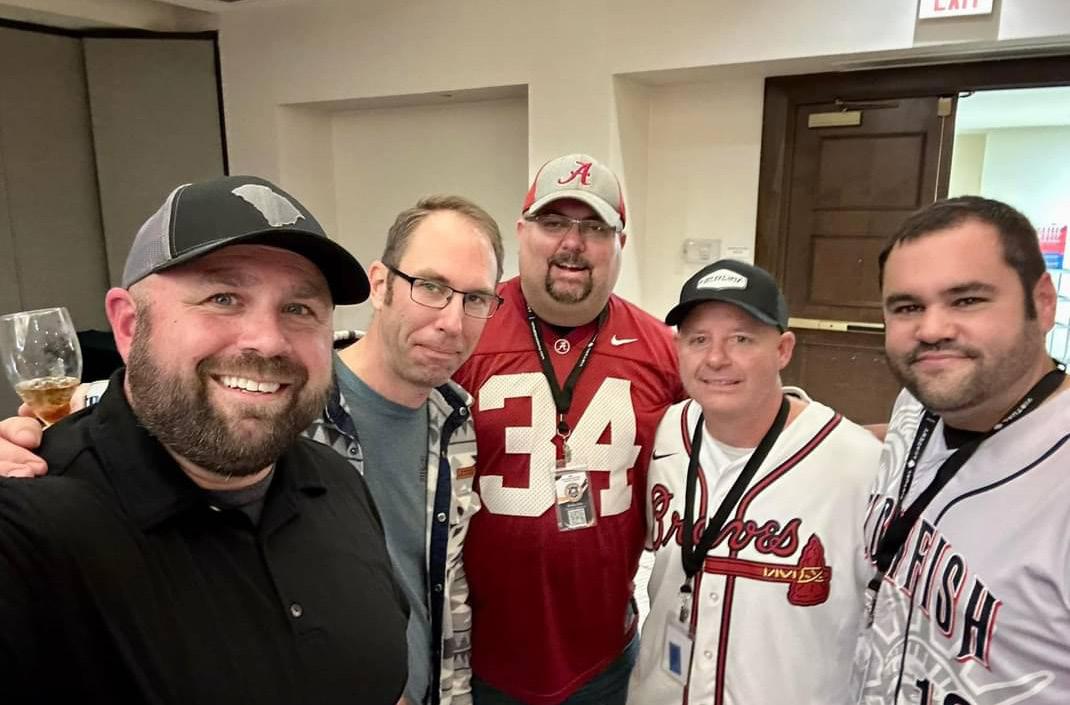
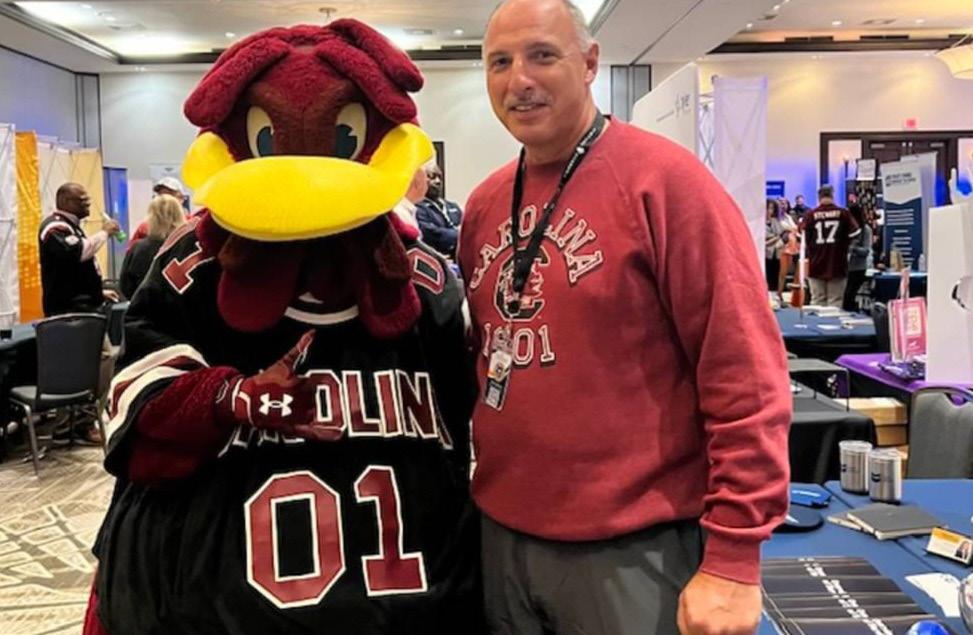





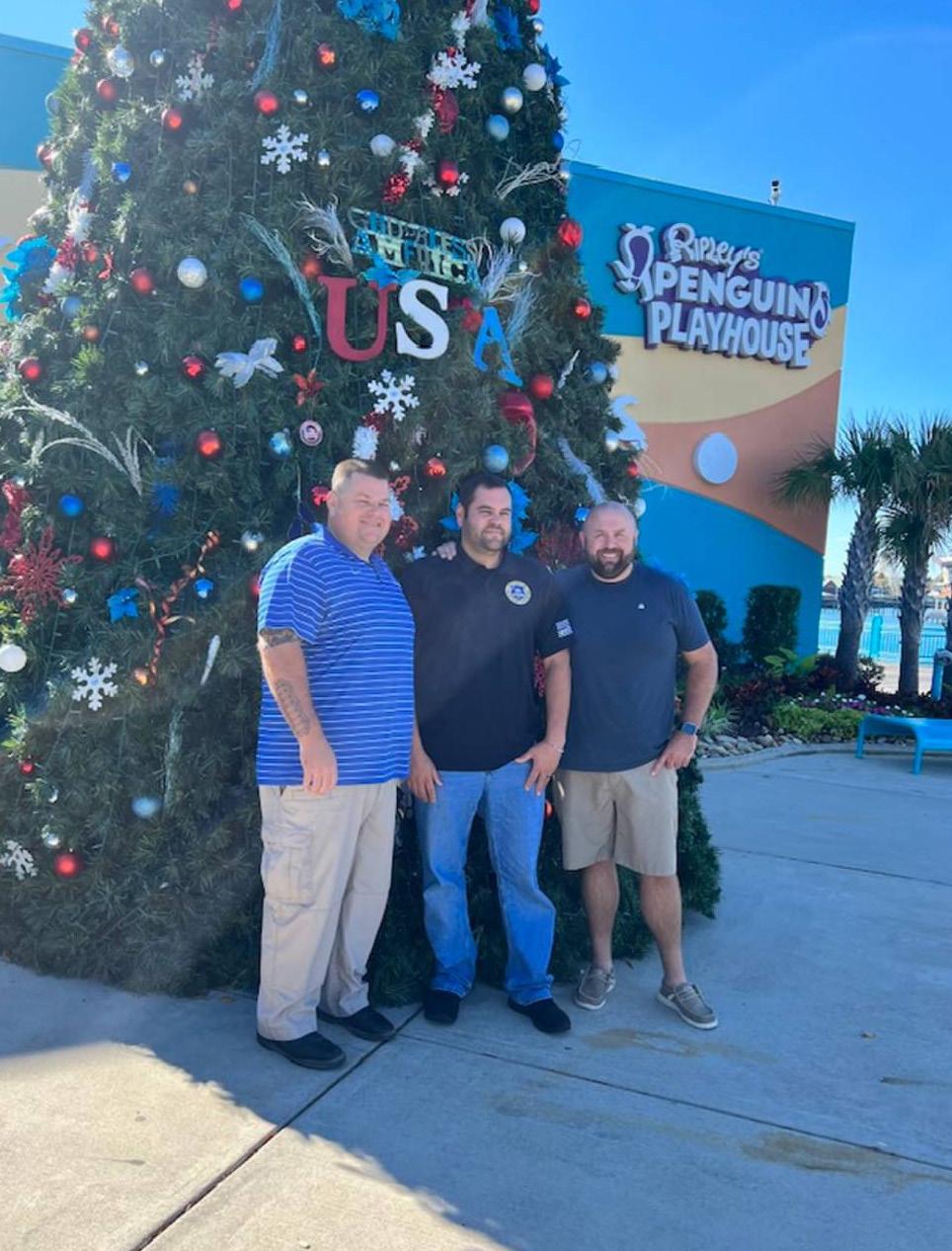









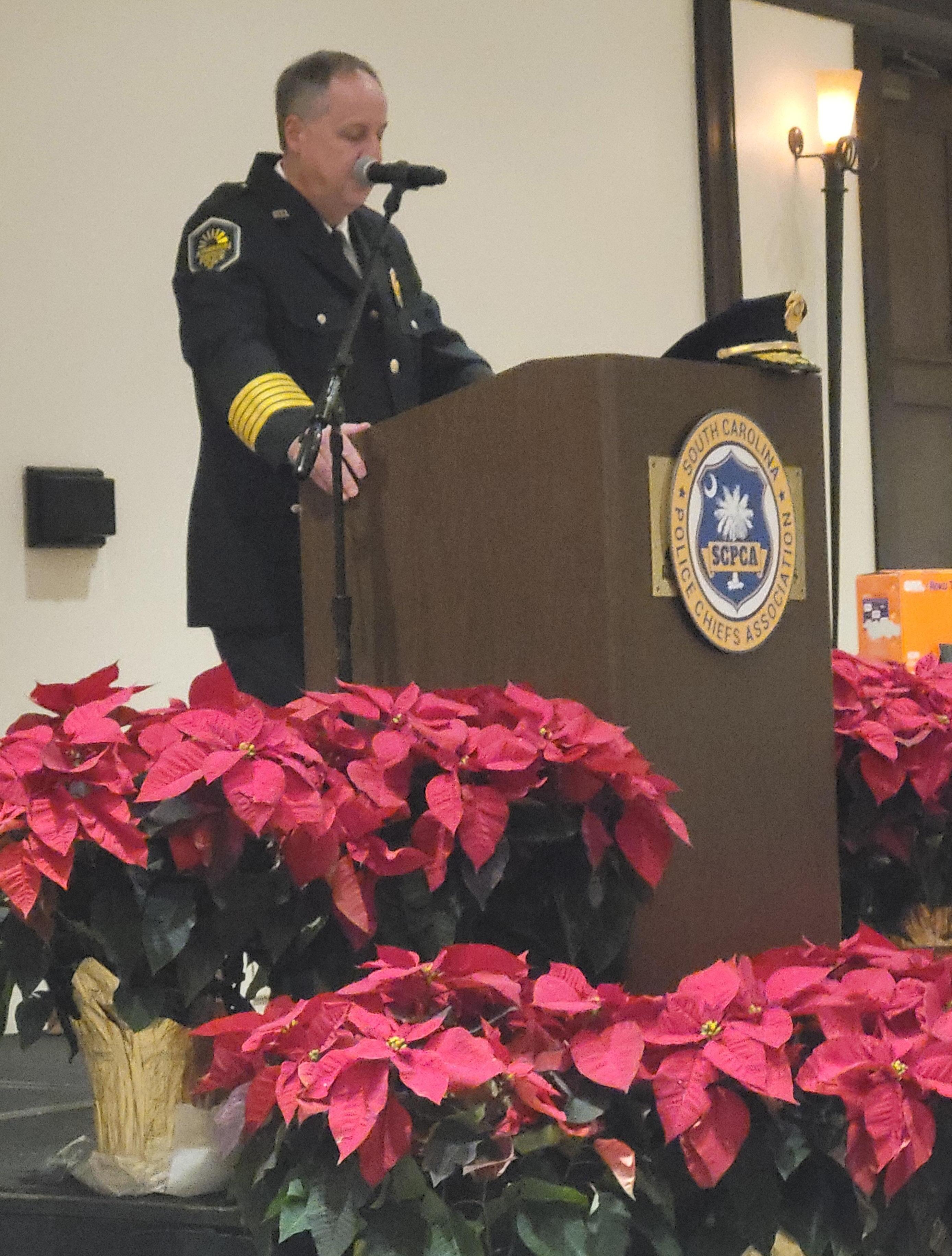

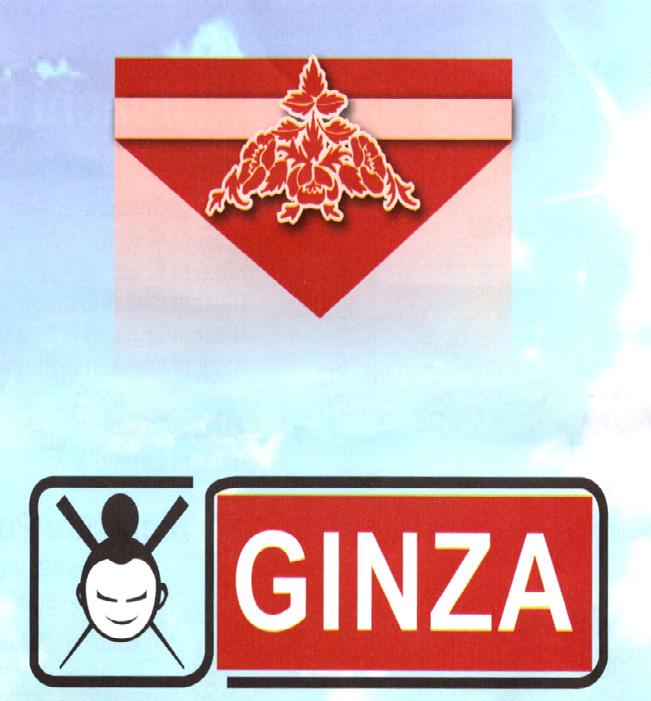




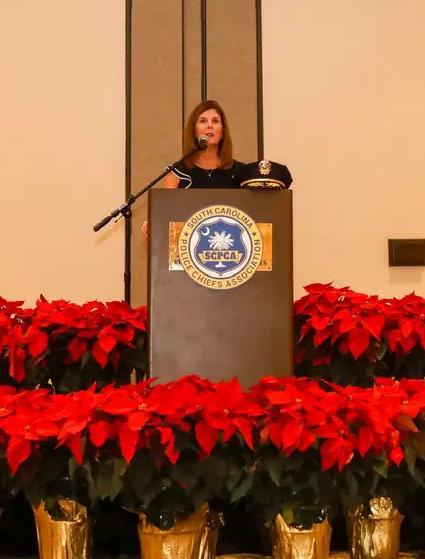
Solid Nails
(803) 328-0305
305 Herlong Avenue #304
Rock Hill
Biscocho Bread
(803) 504-1947
1807 Cherry Road
Rock Hill
Cano’s Auto Care
(843) 505-5443
29730 Whyte Hardee Blvd
Hardeeville
Cherry Point BBQ
(843) 645-4227
2915 N. Okatie Hwy
Ridgeland
Cake’s By Liz
(843) 717-8489
8225 East Main Street
Ridgeland
Mini Mart
Carribean Grocery & Cuisine
(843) 751-1965
119 N. Goose Creek Blvd
Goose Creek
Nail Gallery
(803) 836-6744
5237 Hwy 557
Clover
Gearhead Garage
(843) 837-2800
47 Goethe Road Bluffton
Mi Tierrita
(843) 784-5011
15578 White Hardee Blvd
Hardeeville
Bluffton Autobody
(843) 757-2639
39 Persimmon Street, Ste 504 Bluffton
(803)
(803)
(803)

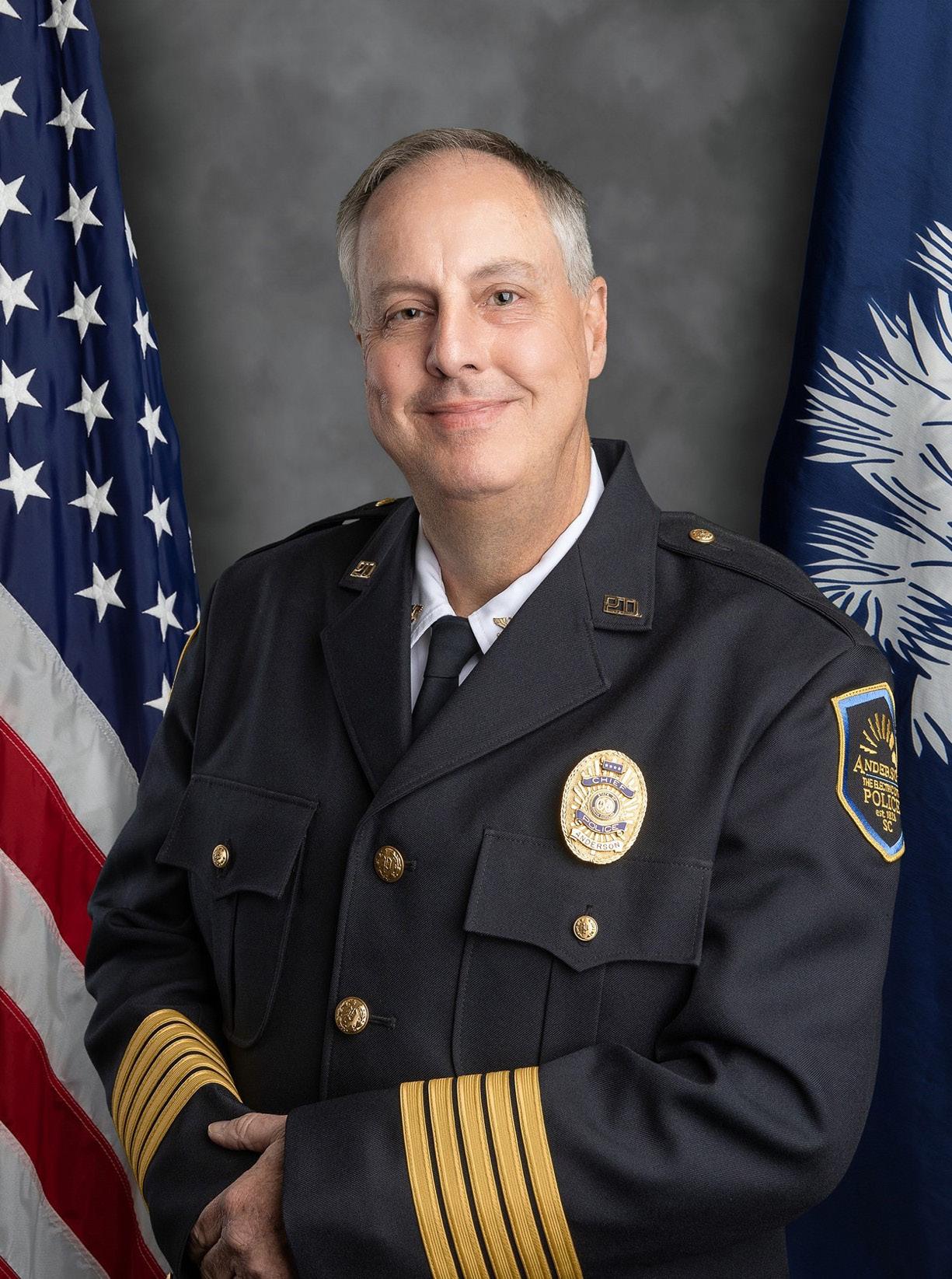
Chief Sonny Ledda was sworn in as President of the South Carolina Police Chiefs Association on November 18, 2023, at the Marriott Grande Dunes Hotel in Myrtle Beach, S.C. In attendance to see Chief Ledda’s swearing in were over 175 guests and 125 chiefs of police from across South Carolina. Chief Sonny Ledda is a veteran law enforcement officer and Chief of Police for the Clinton Police Department. Our chiefs were led by MC of the night, Paul Butler, retired Chief of Horry County Sheriff’s Office.
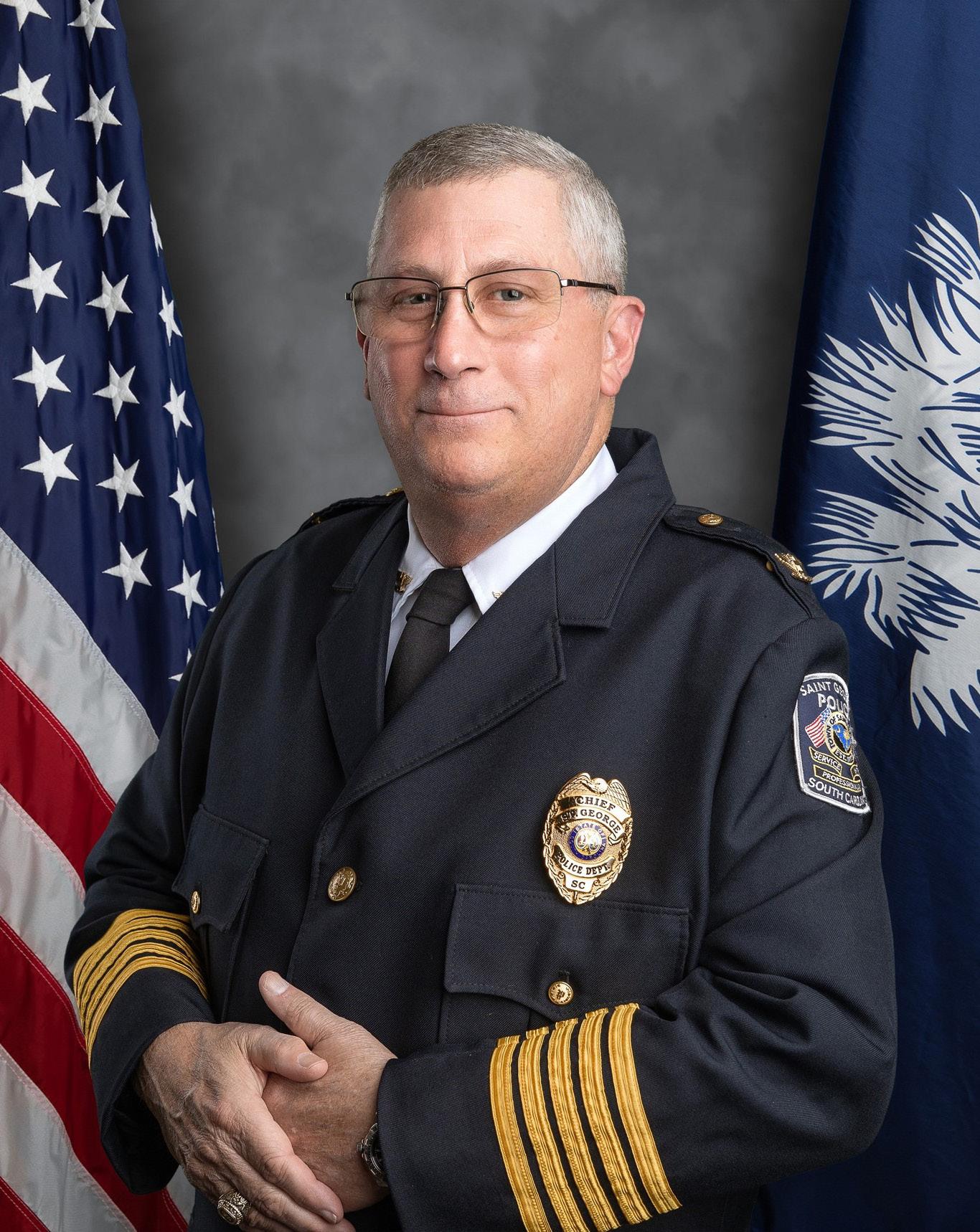




Social media became increasingly popular in the late 1990s into the early 2000s, peaking its influence in today’s world. It can be accessed by all walks of life, including our children. These social media platforms display videos promoting many topics, opinions, current events, and entertainment. With the use of social media, one person’s message could reach thousands of people across the
world, including our kids. These messages could be positive, negative, or even manipulating. Bullying has even reached its ugly hand in the social media arena, negatively affecting our kids. With the massive growth of social media, one thing has remained the same in media history. Drama and the ugly always sell. When was the last time a kid was put in the spotlight for being a respectful student or for standing up to a bully? Then, look at how many kids have been put in the spotlight for
acting out, bringing a gun to school, or assaulting their teacher. Now, let’s take a deep dive into the recent “TikTok Challenges.” A few are the “Eat a Tide Pod Challenge” or the “Slap your Teacher Challenge.” One thing is certain: the kids doing the right thing in the classrooms are watching the bad ones get put in the spotlight.
The North Myrtle Beach Police K9 Unit discovered a way to turn the spotlight away
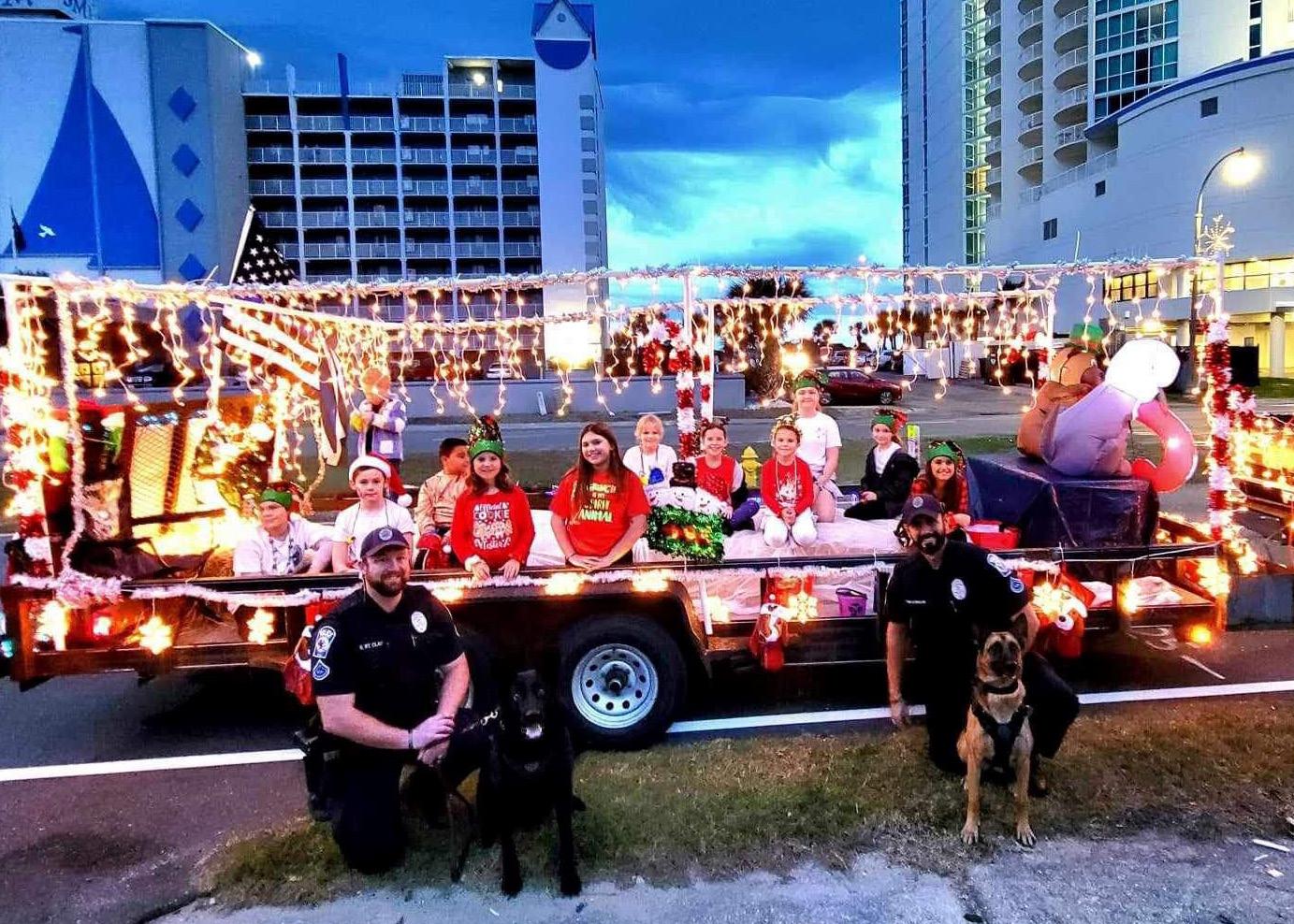


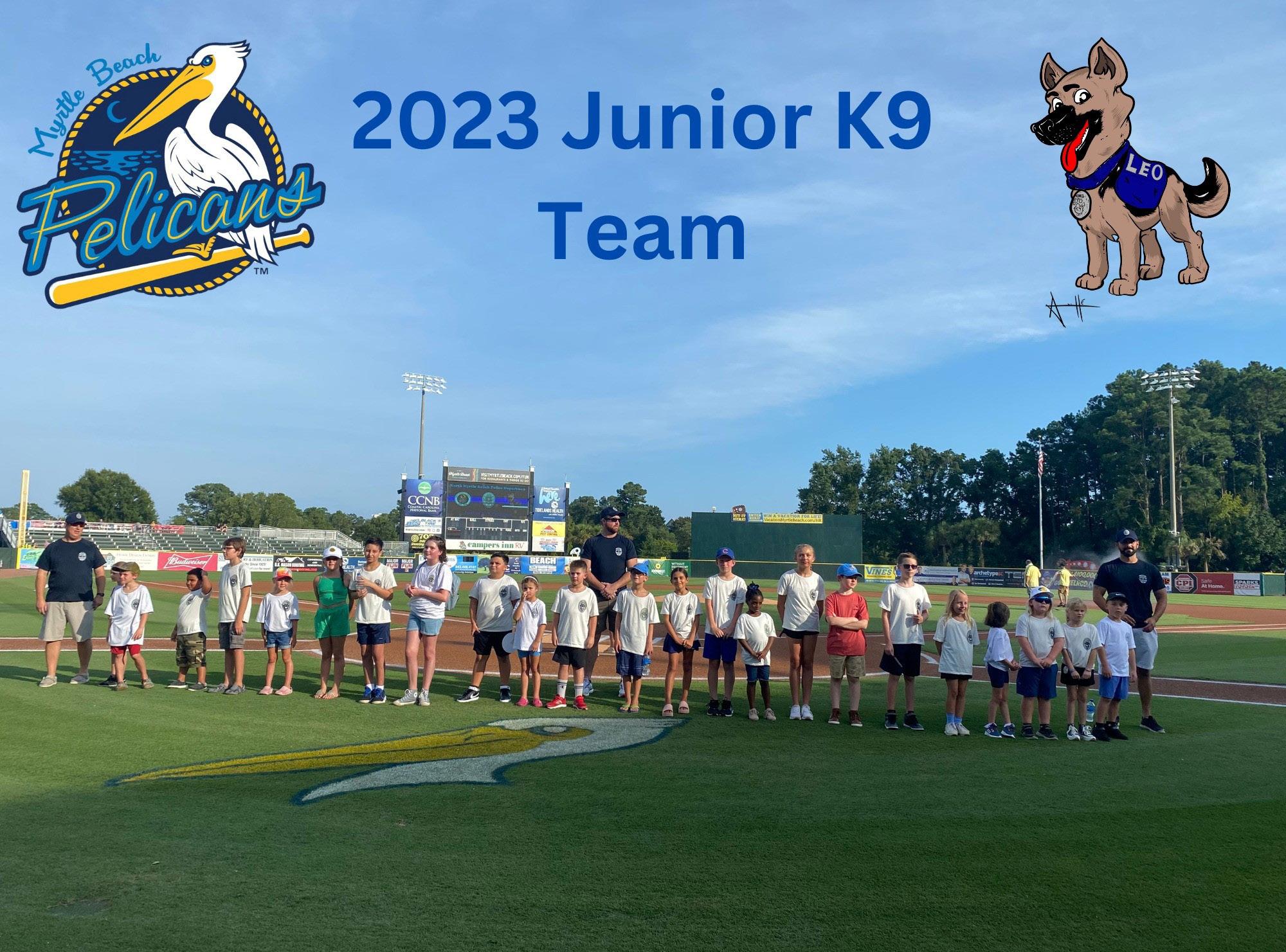
from the negative behavior and shine it bright on those kids doing the right thing. Kids are always fascinated with Police K9s. Anytime the dogs are brought into schools for a demonstration of their amazing capabilities, the eyes of the children are locked on the dogs and their handlers, giving them their full attention. Having this in mind, the K9 Unit decided to use that platform to push out a message. This message is that if you try hard in the classroom, make good decisions, have good attendance, and stand up to bullies, good things will come.
The North Myrtle Beach Police Junior K9 Unit is an incentive
program for elementary school students. One child is selected monthly, by a teacher, from each participating school. The child selected must have demonstrated the following traits:
1. Tries Hard in the Classroom
2. Has good Attendance
3. Is Respectful to Teachers and Friends
4. Stands up to Bullying
Once a child is selected, an induction ceremony is performed at the school. All the school’s students gather in an auditorium where they see a big banner on the stage containing the program’s cartoon police dog and mascot “Leo.” As soon as
the kids are settled in their seats, the auditorium door opens, and all of the K9s and their handlers enter the room and walk onto the stage. The excitement manifests in the students’ “ooh’s and wow’s” as they watch the police dogs walk on the stage. A greeting from the K9 Unit opens the ceremony as they ask the kids what it takes to be a Junior K9 Officer. Little hands raise to the sky to be called on as they name each of the four requirements listed. After the four requirements are listed, the teacher who nominated the student is brought up to the stage, as the excitement grows. Then, the name of the next













K9 Officer is called. The child takes a proud walk up to the stage, escorted by the applause of their teachers and classmates. Once the child reaches the stage and stands amongst the K9 Unit and their K9s, a K9 Handler then reads out loud the nomination form that was filled out by the nomination teacher, explaining why the child was nominated. Another round of applause
following the nomination reading ends the first stage of the induction ceremony.
A member of the department’s command staff then walks towards the center stage for the swearing-in of the prospective Junior K9 Officer. The nominee is told they will take an oath of office just like a police officer would, promising to keep doing the four things that had gotten them nominated in the first place. The nominee turns
towards the Officer as they are instructed to raise their right hand and repeat after the Officer. The oath is taken and then sealed with a handshake.
The nominee proceeds to the final stage of the induction ceremony, where they are handed a Velcro name tape with their name on it. They are instructed to pin their name on the K9’s Harness for the dog to wear for one month. The child walks up to the K9 and proudly
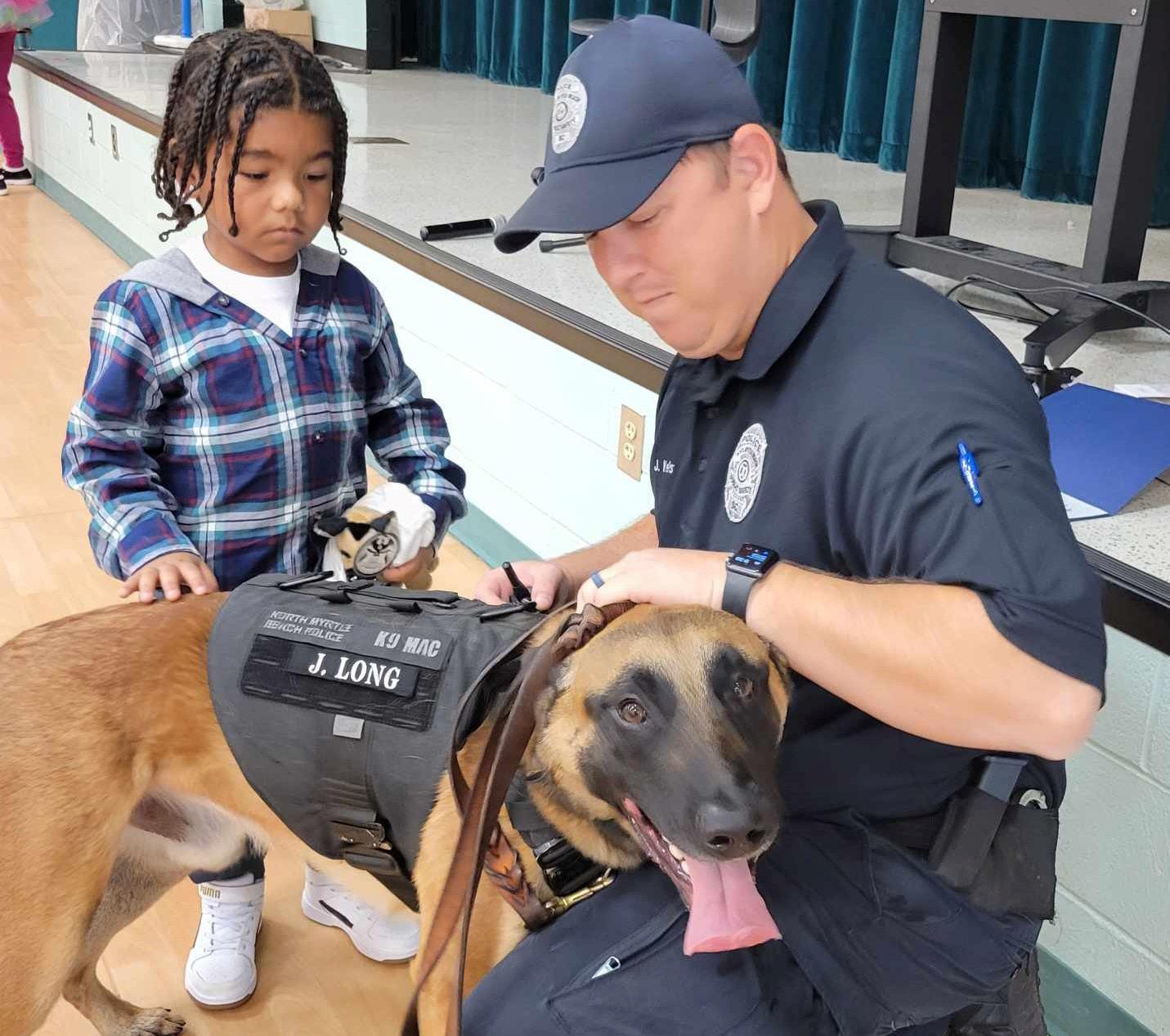

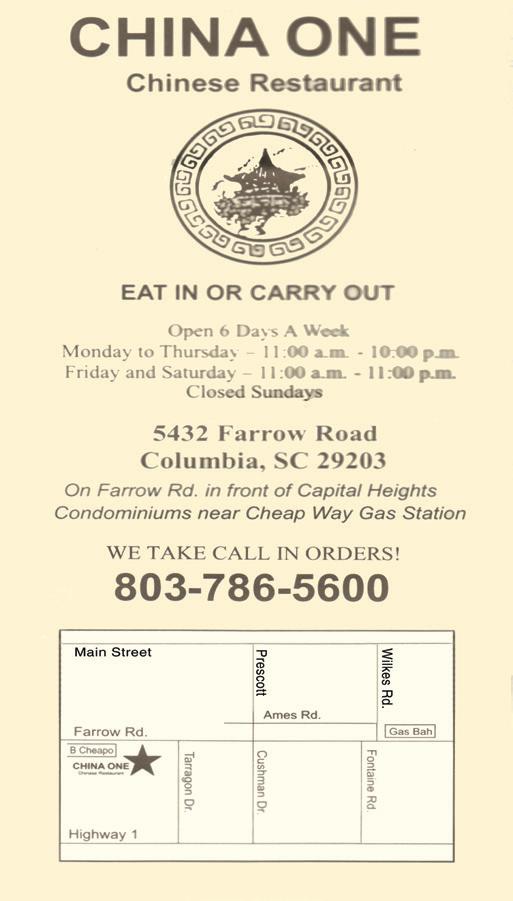




(843) 438-8678
2635 Main St Conway samssoutherneatery.com

(803) 661-8888
275 Park Terrace Drive Suite 200 • Columbia wild-crab.com

(843) 285-5931
606 Bacons Bridge Rd Summerville
(843) 248-7468
200 Sea Mountain Hwy North Myrtle Beach

South

(843) 303-1694
2597 South Allen Drive North Charleston

(843) 388-3331
320 W. Coleman Boulevard Mount Pleasant

(843) 297-4048
4916 Rivers Avenue North Charleston

1924 Sam Rittenberg Charleston


(803) 732-5775
144-D Harbison Boulevard Columbia

(864) 699-9464
2644 Boiling Springs Road wingsetc.com

(843) 347-7600
1300 Highway 544 Conway








places their name on the harness. One final round of applause is given as a member of the K9 Unit tells the audience that the nominee is officially a Junior K9 Officer. The Junior K9 Officer is then given their “uniform” (tee
shirt) and Junior K9 “Swag.” The spotlight never fades on their achievements as they are summoned to attend on field recognition ceremonies at the Myrtle Beach Pelicans baseball game and the Leashes and Beaches Police K9 Skills Competition. They are also given the
spotlight on the back of the Junior K9 float during the North Myrtle Beach Christmas Parade. A stamp of approval and support for this program from the community has shown for the last two years as community donations completely fund the program. As far as the kids, it’s


















(843)
2127
79






not surprising to see a Junior K9 Officer wearing their uniform proudly out in public in the City of North Myrtle Beach. Principals of participating schools always say how the program has positively affected school behavior as each child pushes
themselves to be the next child to be
inducted on stage. This program may not affect the world stage yet, but as the investment made into the youths of today spills into their adult life. These future leaders of society may be
the ones making decisions to affect the world of tomorrow.
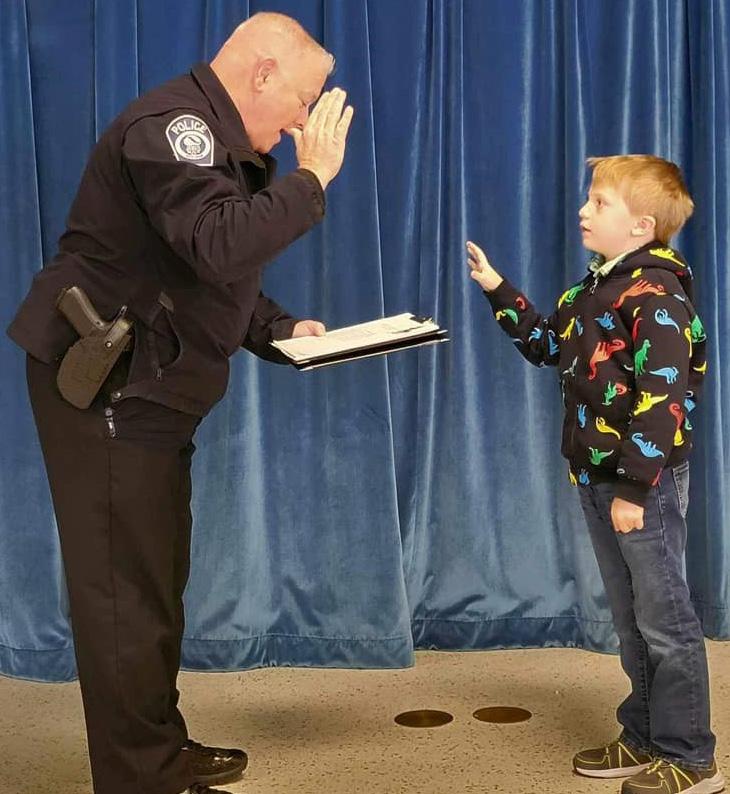

(803)
(843)
(803)


(843)
654

(854)


















Published January 2024
By Lexipol at www.lexipol.comServant leadership is certainly not a new concept. For decades, people across industries have lauded the importance of servant leadership, calling for everyone in every position to be a servant leader.
But what does it actually look like? And more importantly for you, what does it look like in public safety?
Public safety leaders set the tone and culture of their agency and make decisions that often have life or death implica-
tions—for community members and for personnel.
True servant leadership in public safety requires finding an appropriate balance: the balance between being in control and empowering your people; taking care of your people, your agency and your responsibilities and caring for yourself; and leading effectively while preparing the next generation for leadership.
In a recent webinar, “6 Leadership ‘Watchouts’ for Public Safety Leaders,” Battalion Chief Bruce Bjorge and Police Chief (Ret.) Dave Funkhouser
discuss six key areas public safety leaders should look out for that can keep them (and their agencies) from success, or that, when done well, can help them lead the way and develop strong leaders for generations to come.
No one will contest that public safety leaders have dozens of competing priorities at any given moment.
It can be all too easy to become overwhelmed and lose sight of your greater strategy or long-term plan for your agency.


At some point, you must ask yourself the question: “Does it have to be me that does this?” Do you have to be the one to talk to the media or to give this or that order? Can you train someone else to carry out this task?
“We are not irreplaceable,” Bjorge says simply. When you start to feel overwhelmed, having a plan and people who are equipped to execute that plan is the best way to address the problems at hand—whatever they are:
“We have to anticipate problems and have systems in place to move the agency forward, limiting the impacts when bad things happen,” Bjorge explains.
A few key questions to consider and help you avoid getting “lost in leadership”: Do you have contingency plans in place if things don’t go your way? Have you identified personnel who can step up to the plate, and have you equipped and empowered them to make decisions and act? Have you identified potential leaders down the chain of command who you can help develop?
This is about the reality that you, regardless of your rank, can’t realistically be everywhere and can’t do everything yourself.
“I thought I needed to control everything,” Funkhouser says. “But I don’t have to know it all, I don’t have to do it all…I had to humble myself and say, ‘I need help.’”
Consider everyone who contributes to your organization’s mission and the impact they have—not only your personnel, but your community at large.
“It should not be me, the leader, bringing the success of the organization,” says Bjorge. “It should be our people.” If it becomes all about you as the leader, you’ll quickly find yourself “outside of the organization looking in,” he explains.
Servant leadership in public safety is often the difference between exerting influence and exerting control.
It’s about “listening more than ordering people around, identifying the strengths of people in your organization as opposed to focusing on their weaknesses,” says Funkhouser.
You cannot succeed on your own—there are people who can help you do your job and do it better. In fact, to succeed, you have to rely on your people, empowering them to serve the community as you serve them.
Get to know your people, listen to their input, and allow them to use their skills and abilities.
Servant leadership starts from a place of humility.
“If you have to remind people that you’re the boss, you’re not the boss,” explains Funkhouser.
Leading from a place of rank or title is not the way to earn the trust necessary to be an effective leader. On the flip side, earning respect through empowering
your people leads to success for every stakeholder.
“Come to your role as a leader from a place of humility to begin with,” says Bjorge.
“Acknowledge that you’re human and you’re going to make mistakes.”
It’s human nature to desire control, especially as situations start to spiral. When things get overwhelming or hectic, your gut reaction is probably to extend control and move toward micromanagement.
“We want to take more control instead of leaning on the team to figure out how to solve the problem,” Bjorge explains.
But that isn’t the answer. Funkhouser says, “We need to embrace people, regardless of the title, to find solutions.”
As a leader, you can—and should—be in control without personally controlling every detail.
When you act with consistency, train your people to adhere to policies and procedures, and empower and trust them to make good decisions, your influence permeates every level of the organization.
View the on-demand webinar, “6 Leadership ‘Watchouts’ for Public Safety Leaders,” to learn more.







612




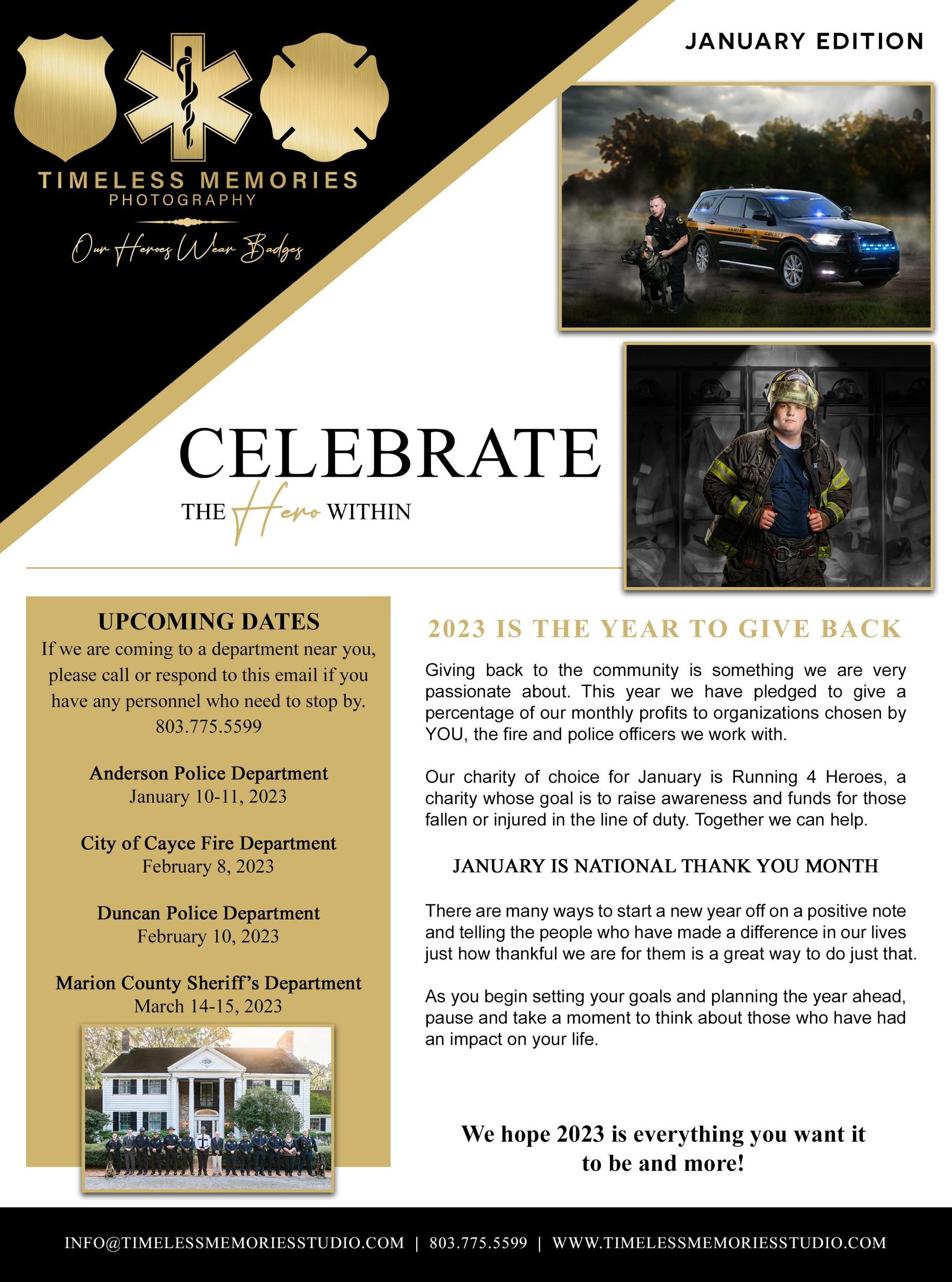


We are pleased to offer our readers this easy reference guide to additional businesses. We urge you to patronize these advertisers, as well as those who have purchased display space in this magazine.
2ND LOOP #179
1327 2ND LOOP ROAD
912-663-5363.......FLORENCE
341 EXPRESS
1636 JOHNSONVILLE HWY
843-389-4445...........................
LAKE CITY
AVP LIQUOR STORE
104 HWY 52 843-761-0657
MONCKS CORNER
BEER & TOBACCO OUTLET
2700 BROAD RIVER ROAD
COLUMBIA
BLANEY’S WINGS & GRILLLEXINGTON
109 OLD CHAPIN ROAD, STE Q 803-785-3333........................
LEXINGTON
CHINA GARDEN
7120 PARKLANE ROAD 803-736-8585.........................
COLUMBIA
CHRISTINA’S PIZZA & SUB 431 S. RAILROAD AVENUE
843-821-7044........................
RIDGEVILLE
CITGO-COLUMBIA-BELTLINE
3922 W BELTLINE
803-721-2888.........................
COLUMBIA
CITY NAILS
9557 TWO NOTCH ROAD
COLUMBIA
EL CERRO MEXICAN BAR & GRILL
3167 HWY 17 SOUTH
MURRELLS INLET
EXPRESS MART
1100 WASHINGTON STREET
COLUMBIA
FLORENCE VAPE & TOBACCO, LLC
3208 E PALMETTO STREET
843-667-1199.......FLORENCE
GARDEN CITY SMOKE SHOP
1334 GROVE PARK DRIVE
ORANGEBURG
803-662-9463.................................
GINZA
901 W. DEKALB STREET
CAMDEN
HIBACHI FUSION
4490 LADSON ROAD
843-821-8090................... SUMMERVILLE
INTERNATIONAL IMPORTS
1335 RICHLAND AVENUE
803-226-0042.............. AIKEN
JARRITOS 2
114 WEST MAIN STREET
843-374-0084...... LAKE CITY
KING WAH
2720-C DECKER BLVD
803-788-0688...... COLUMBIA
L’AMOUR NAILS
1671 SPRINGDALE PLAZA, STE
17
CAMDEN
LA POBLANITA RESTAURANT
177 MAY RIVER ROAD
BLUFFTON
LAKE MURRAY QUICK STORE
1601 NORTH LAKE DRIVE
803-808-3851.........................
LEXINGTON LARRY’S CONVENIENCE STORE
6326 RIVERS AVENUE
843-996-4549.....................
CHARLESTON
LEE NAILS-COLUMBIA
5424 FOREST DRIVE
803-738-9400.......COLUMBIA
LEXINGTON WINES & SPIRITS
2440-B AUGUSTA HWY
LEXINGTON
MCMILLAN-SMALL FUNERAL HOME
P.O. BOX 7506
843-449-3396................. MYRTLE
BEACH
MEHERSAI LLC
2538 TWO NOTCH ROAD
803-479-5724......COLUMBIA
MING’S BUFFET
137 E DEKALB STREET CAMDEN
MONTERREY MEXICAN RES-
TAURANT #47
436 E MARTINTOWN ROAD 803-441-0000
NORTH AUGUSTA
NAIL PRO SALON
2405 2ND LOOP ROAD
FLORENCE
OUTKAST OUTDOORS
1487 HWY 52 843-761-2841
MONCKS CORNER
S.M. MART
3508 S FRAZIER STREET
GEORGETOWN
SAKURA OF CAMDEN
901 W DEKALB STREET
803-425-8725........ CAMDEN
SHELL COLUMBIA
7444 TWO NOTCH ROAD 803-741-8522.......................
COLUMBIA
SHELL LEXINGTON
1801 N. LAKE DRIVE
803-808-3851... LEXINGTON
SOUTH EAST BP-COLUMBIA
8000 GARDNERS FERRY 803-776-8985......COLUMBIA
ST. ANDREWS SEAFOOD
MARKET
4470 ST. ANDREWS RD 803-998-2077...................... CO-
LUMBIA
STAR NAILS-FLORENCE-PAMPLICO
500 PAMPLICO HWY, STE H
FLORENCE
SUNOCO COLUMBIA
3600 TWO NOTCH ROAD
COLUMBIA
803-333-0087
SUPERMERCADO EL-REY
3225 W. BLUE RIDGE ROAD
GREENVILLE
864-269-5977
SUZIE Q’S
1311 W. LUCAS STREET
FLORENCE
TOKYO BISTRO
1501 HWY 17 N
MOUNT PLEASANT
USA NAILS-COLUMBIA
1332 BUSH RIVER ROAD
COLUMBIA
VIP NAILS
92 N LAKE DRIVE
803-409-9004,,,,,,,,,,,,,,,,,,,,,,, LEXINGTON
In addition to the advertisers who have display and directory space in this issue, these merchants and firms are cooperating to make this magazine a successful and valuable publication.
COLUMBIANA TOBACCO & VAPOR
E.J.’S SEAFOOD LLC
HAPPY DONKEY MEXICAN GRILL
HIGH 5 TOBACCO
PEKING WOK II
SHOP-N-GO 2
TAQUERIA GURI-GURI
WHITE KNOLL SPIRITS








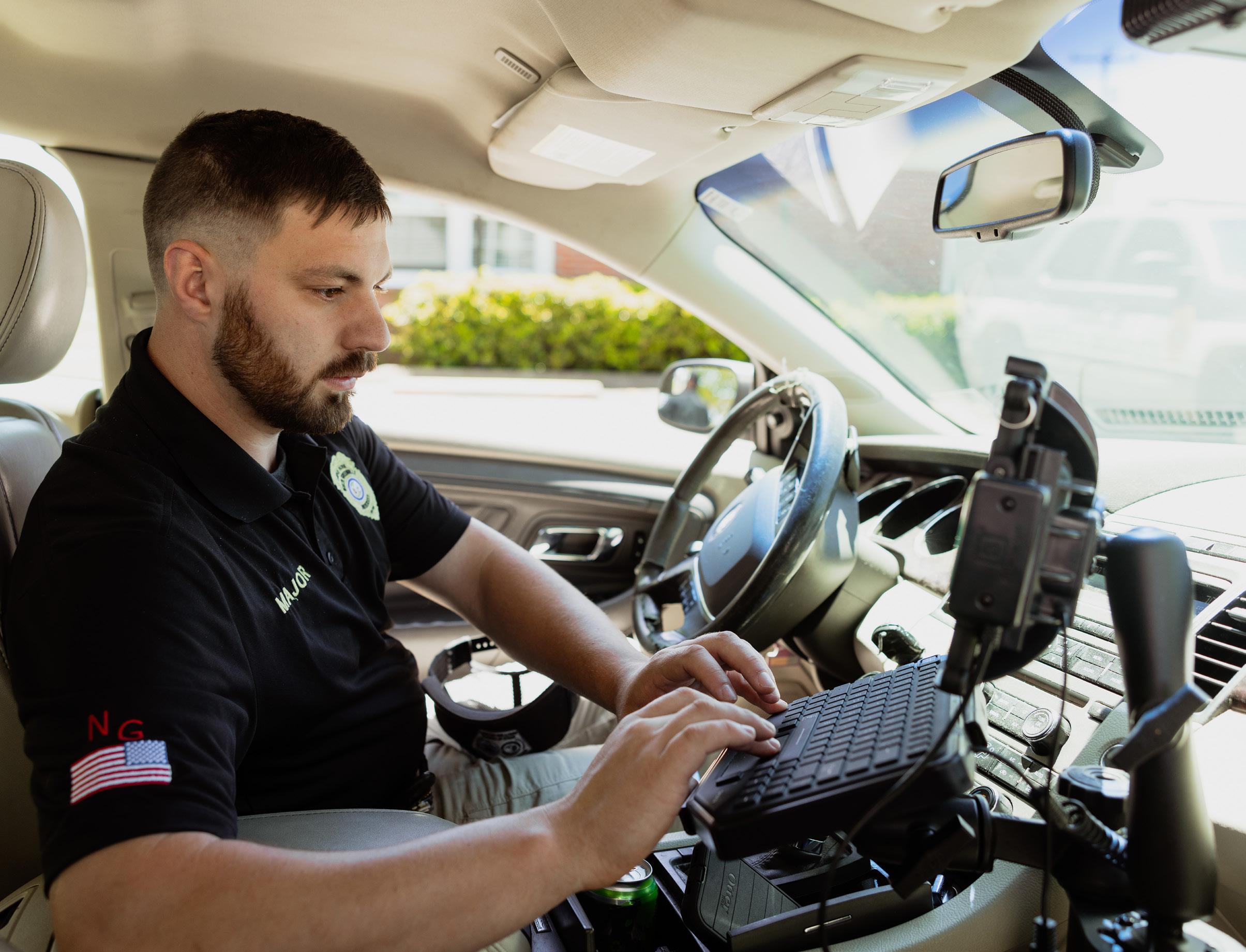
“The education has been valuable, and I’ve certainly sharpened my skills. The professors and other students took a vested interest in me and my success, and I was able to accomplish something that I’m extremely proud of.”
Greenville County Sheriff Hobart Lewis, ‘23
Advance your career in the continually expanding criminal justice field with a Bachelor of Arts in Criminal Justice from North Greenville University. Complete your studies on your time with our fully online program at a special first responder rate.
Our emphasis on analytical thinking, ethical decision-making skills, and integrity from a Christ-centered perspective will prepare you for a wide range of career paths in criminal justice and legal professions.
+ Advance your career
+ 100% online
+ $250 per credit hour
+ Finish on your schedule
Learn more by scanning the QR code or visiting go.ngu.edu/criminal-justice

Undergraduate Graduate Doctoral Onsite • Online

